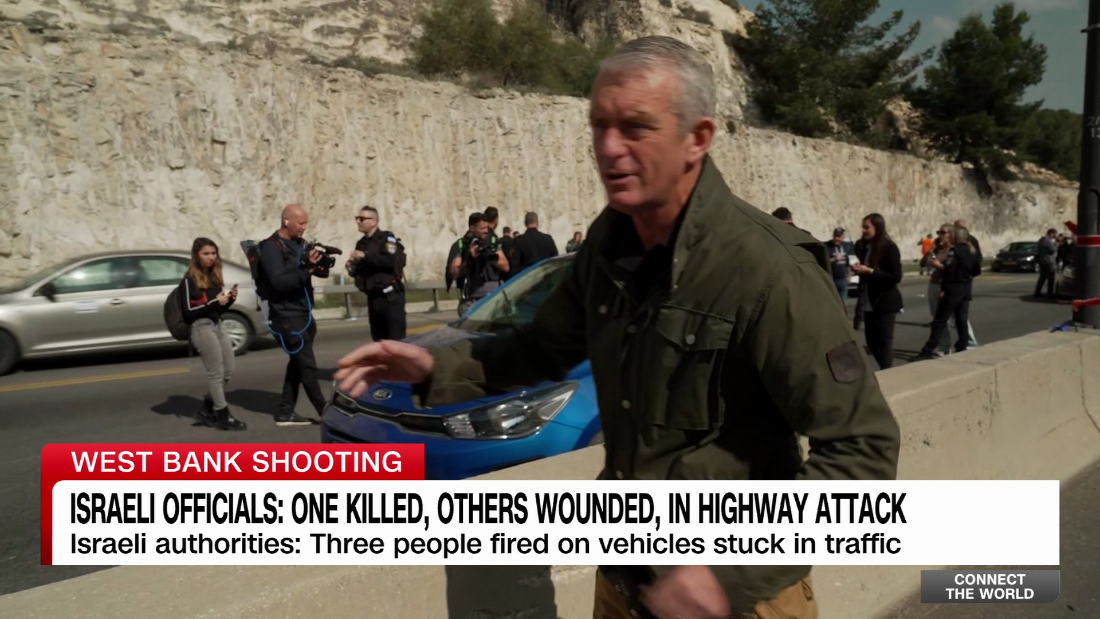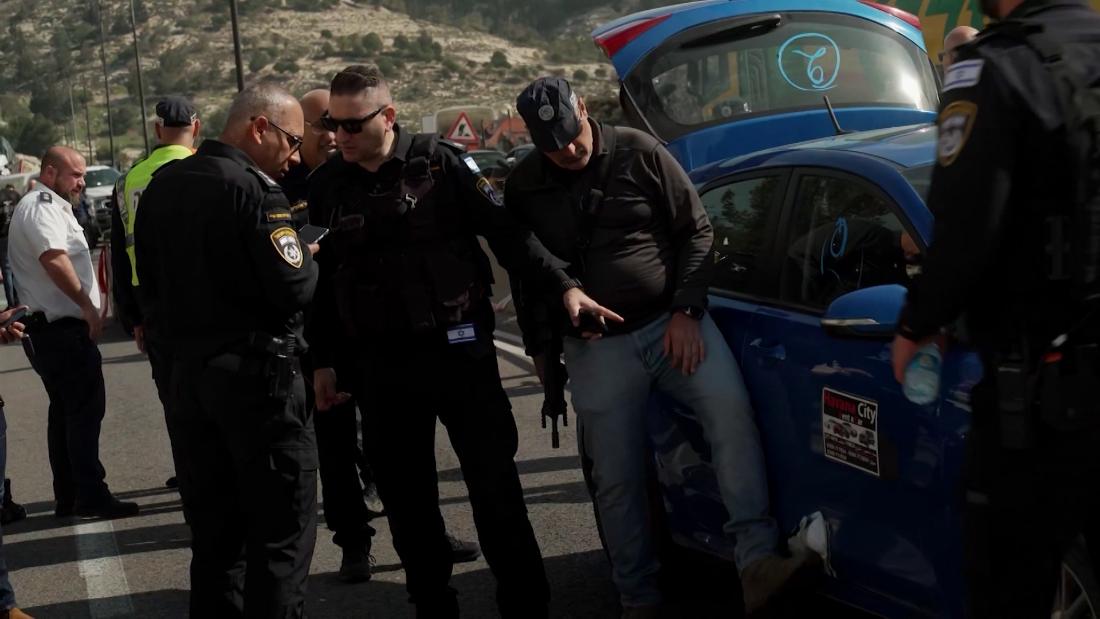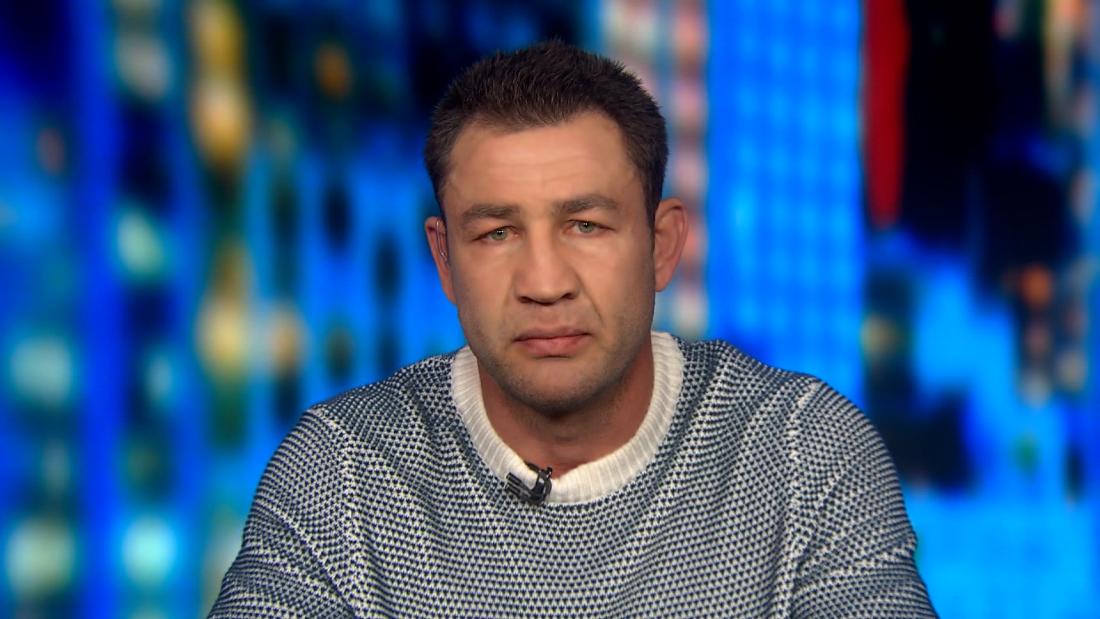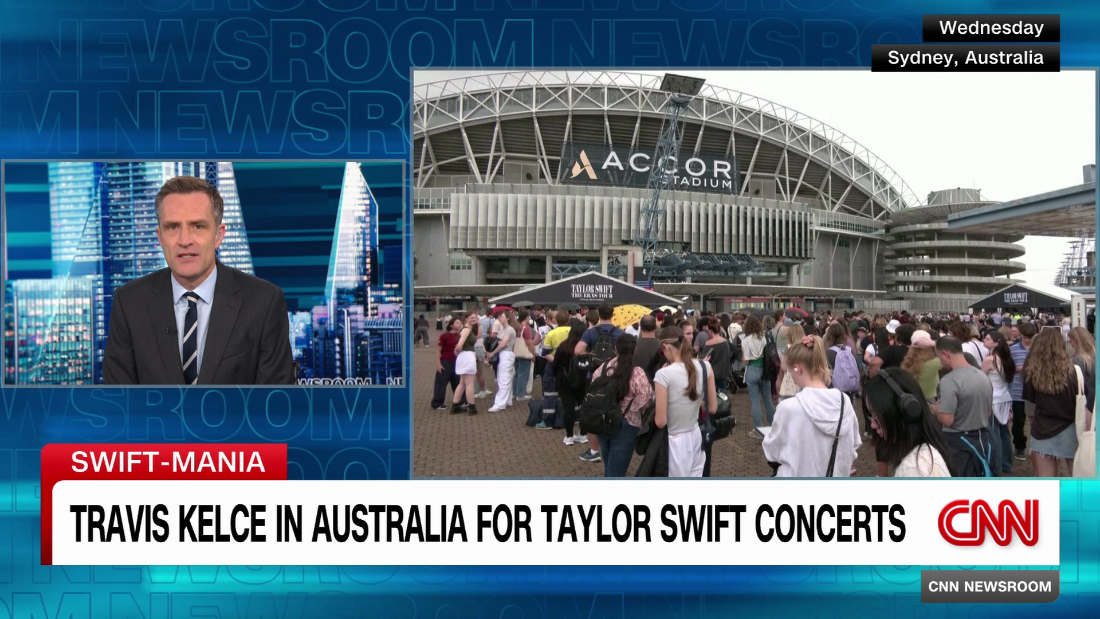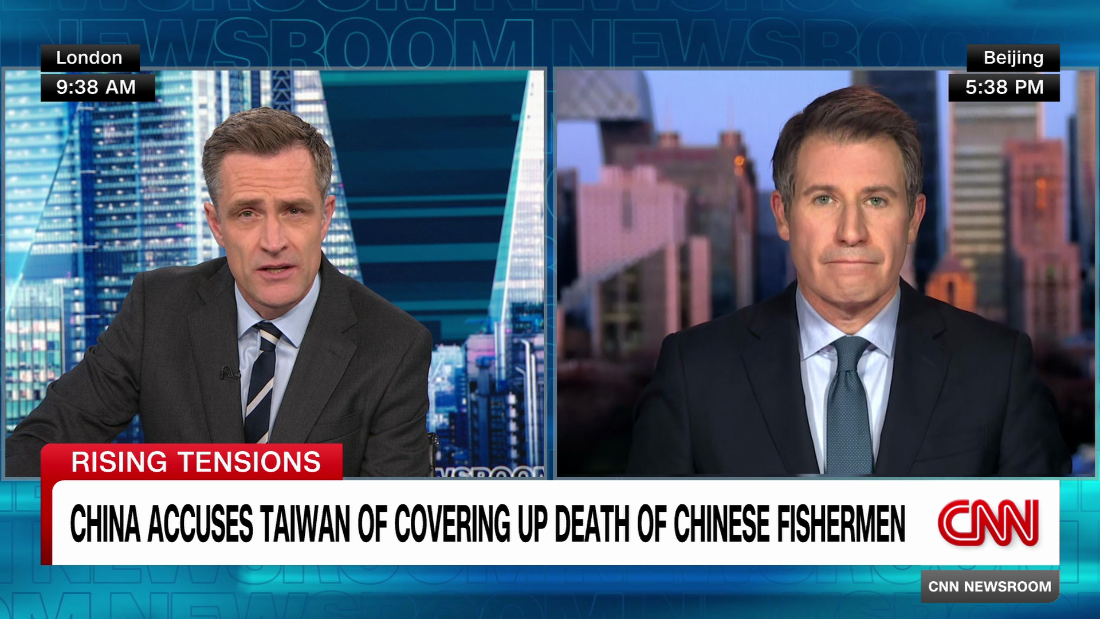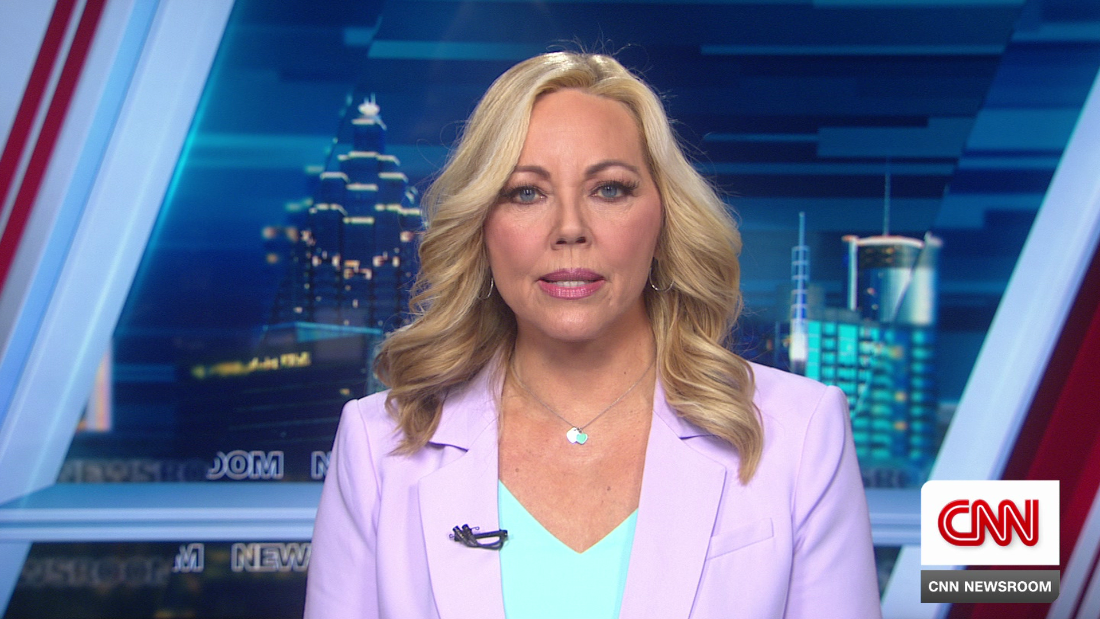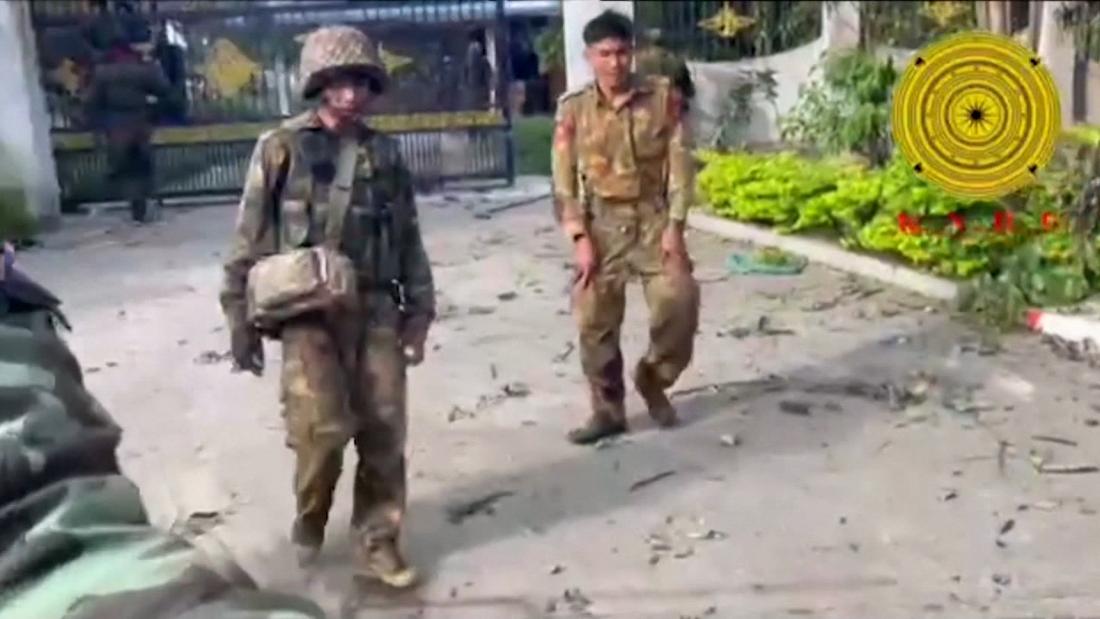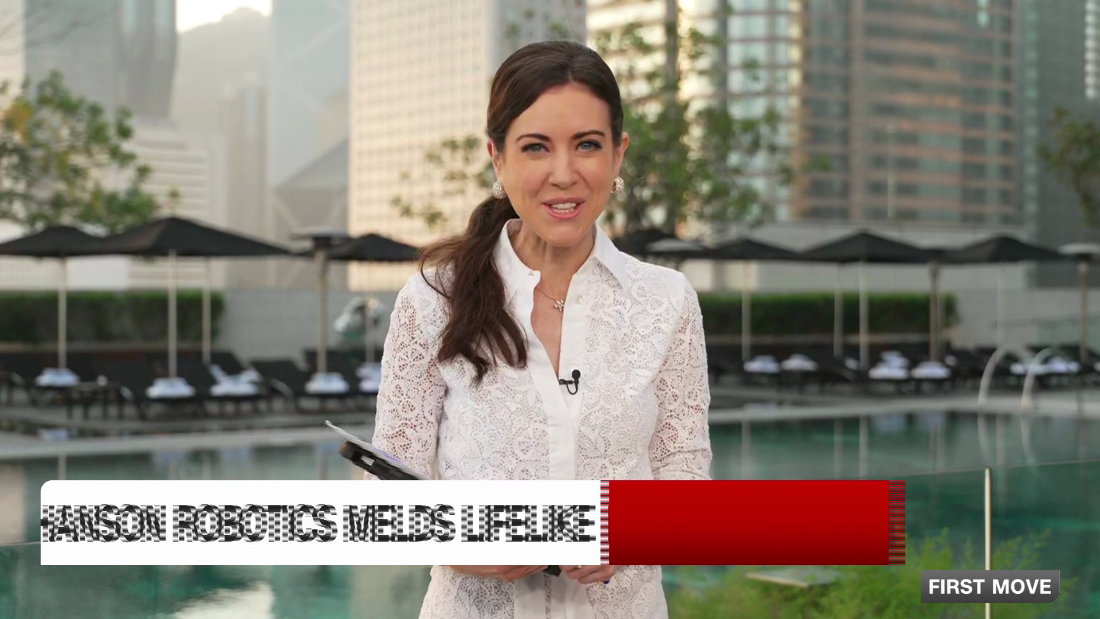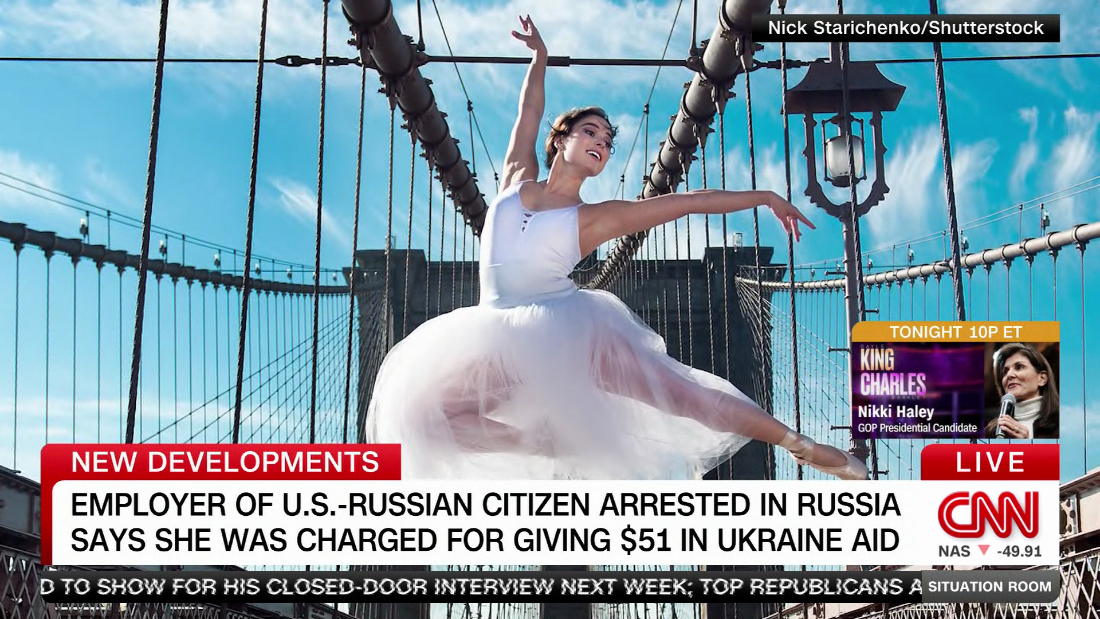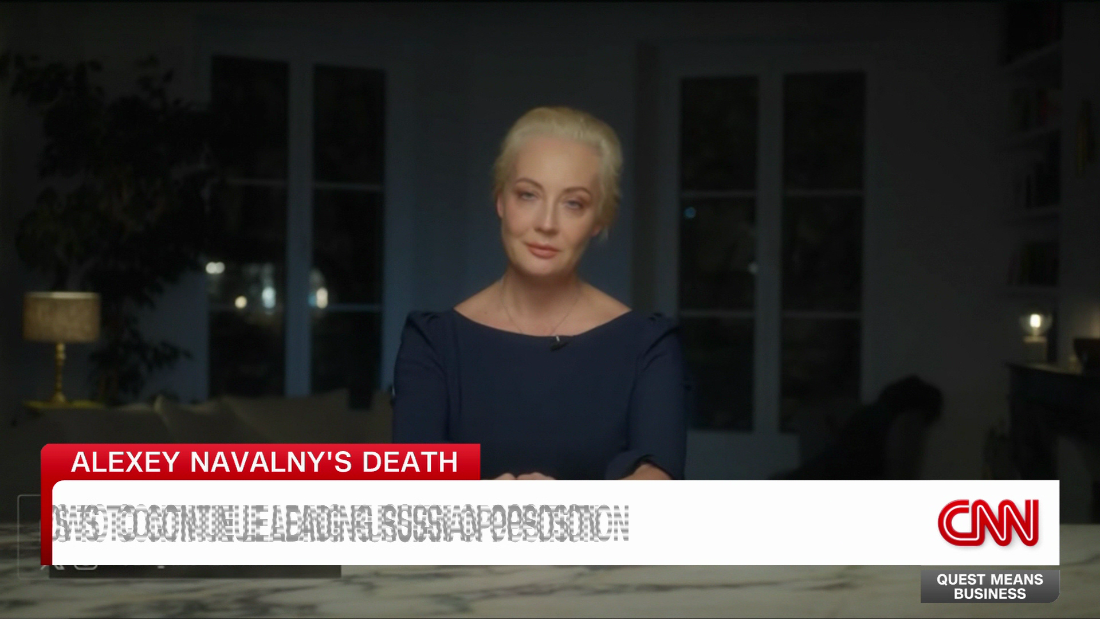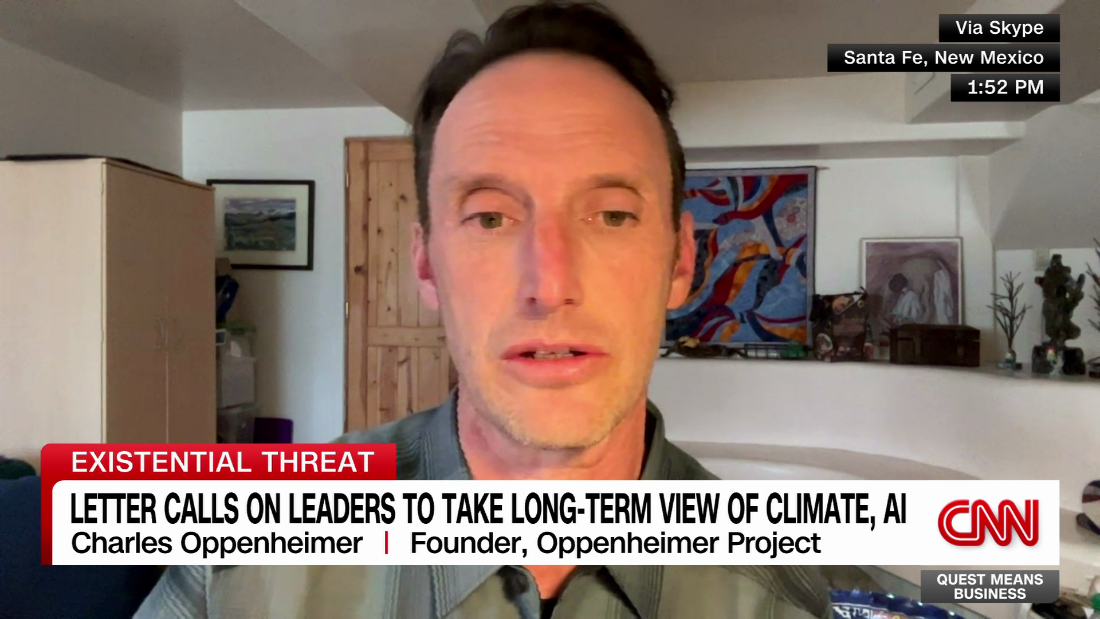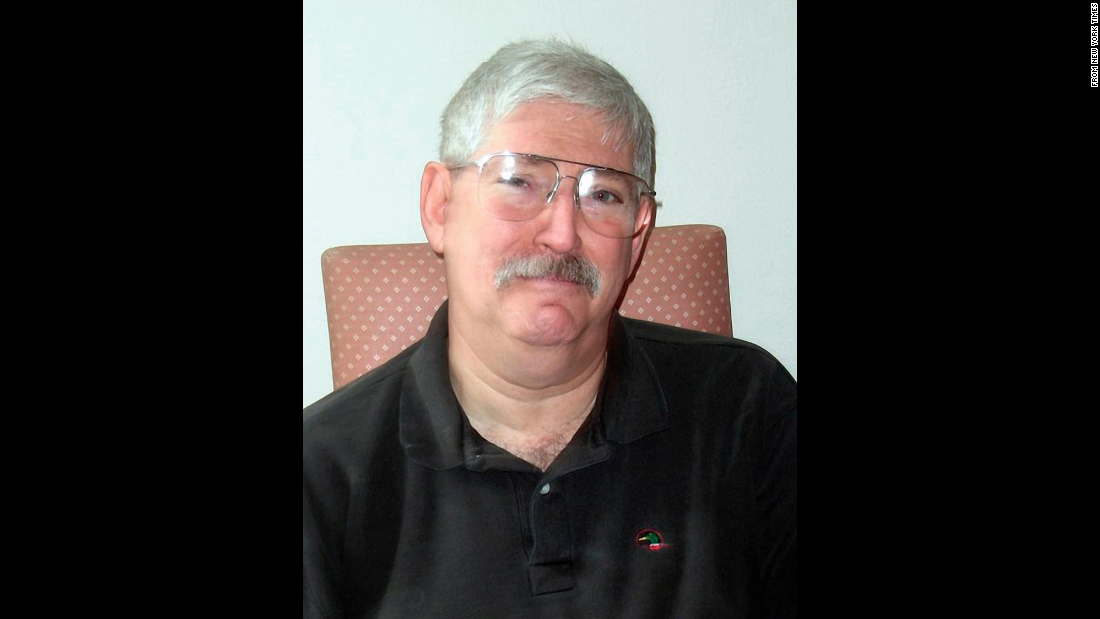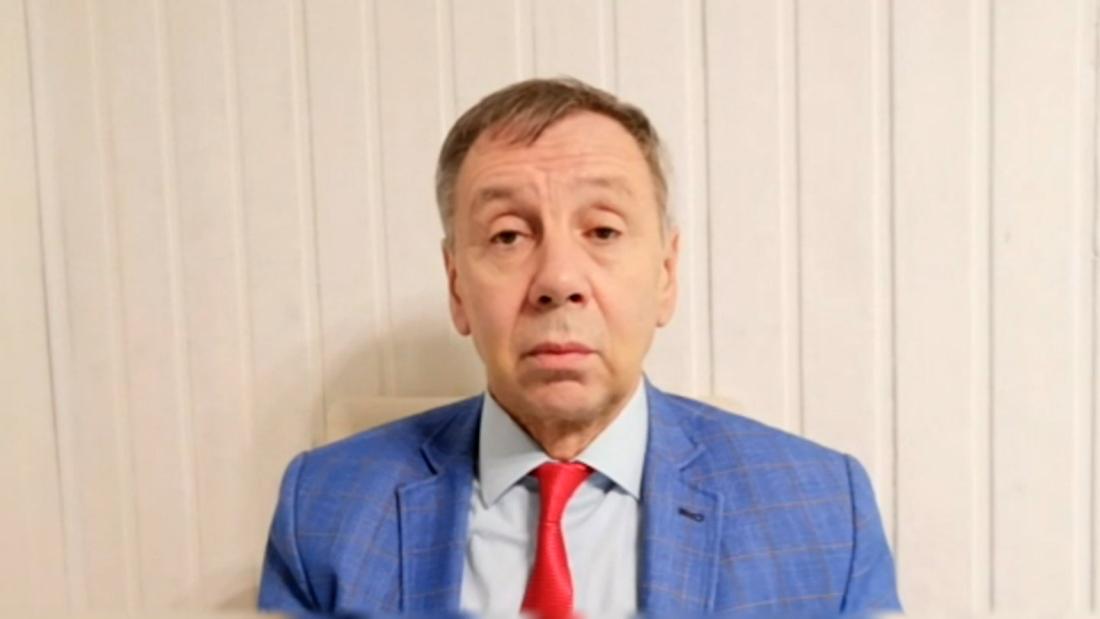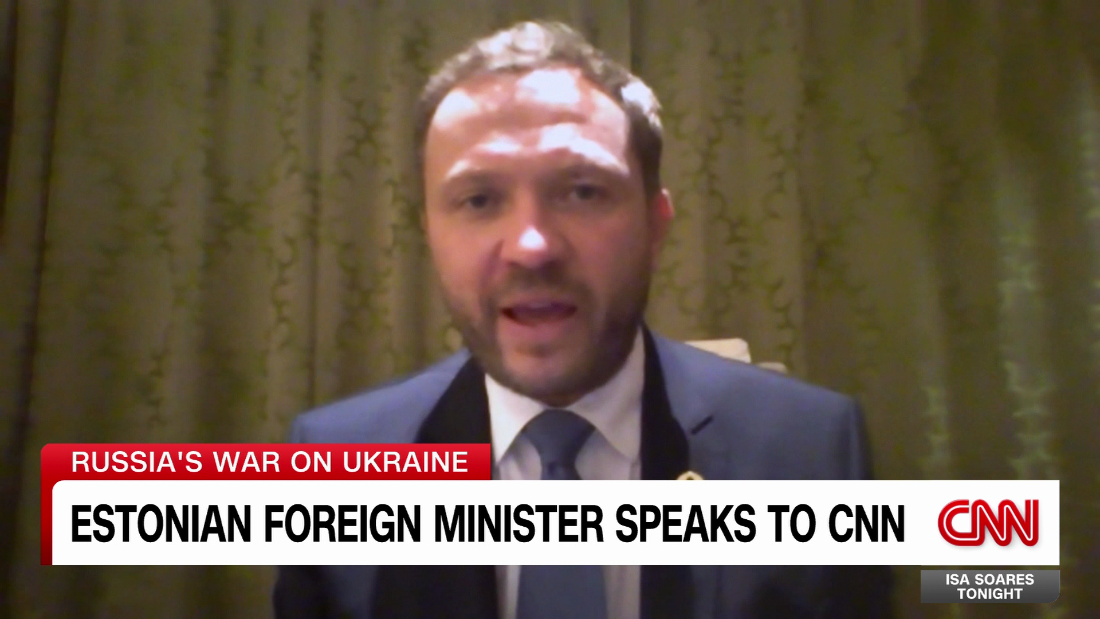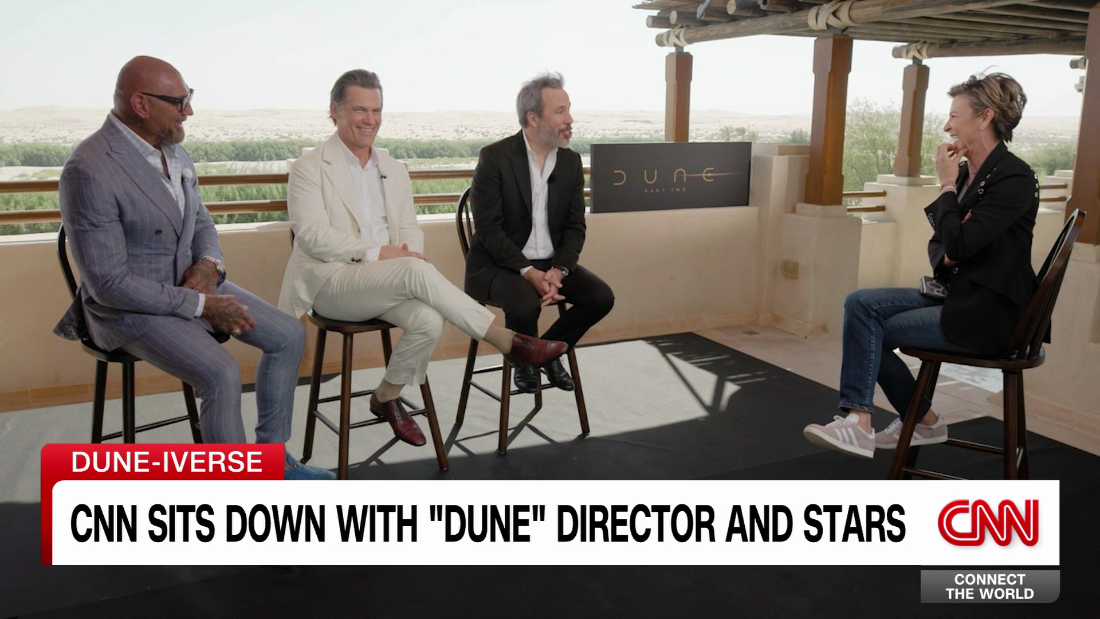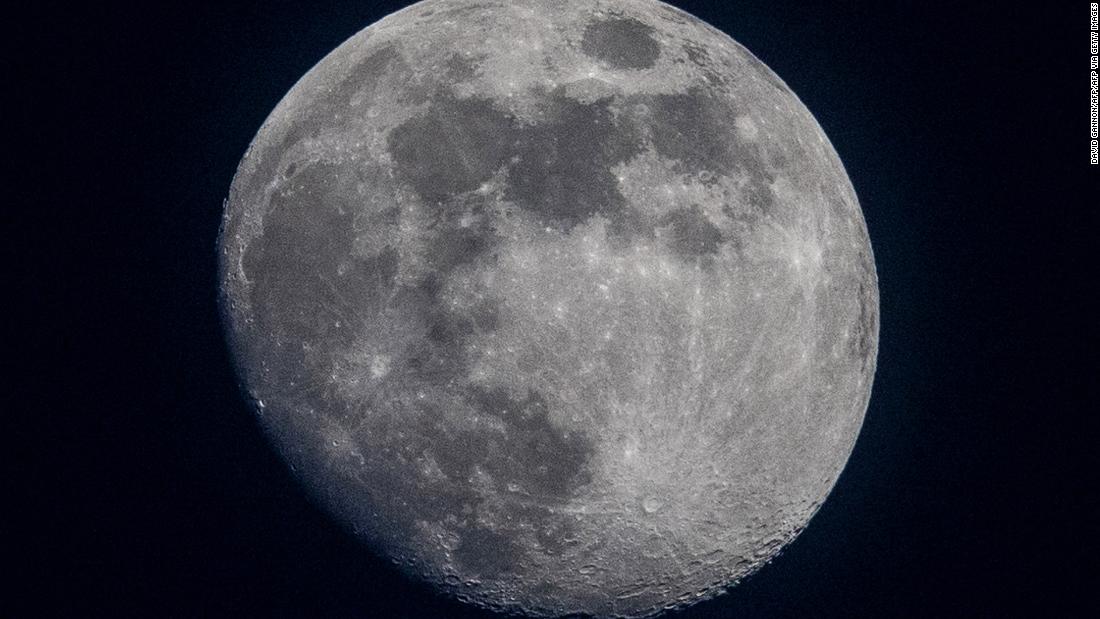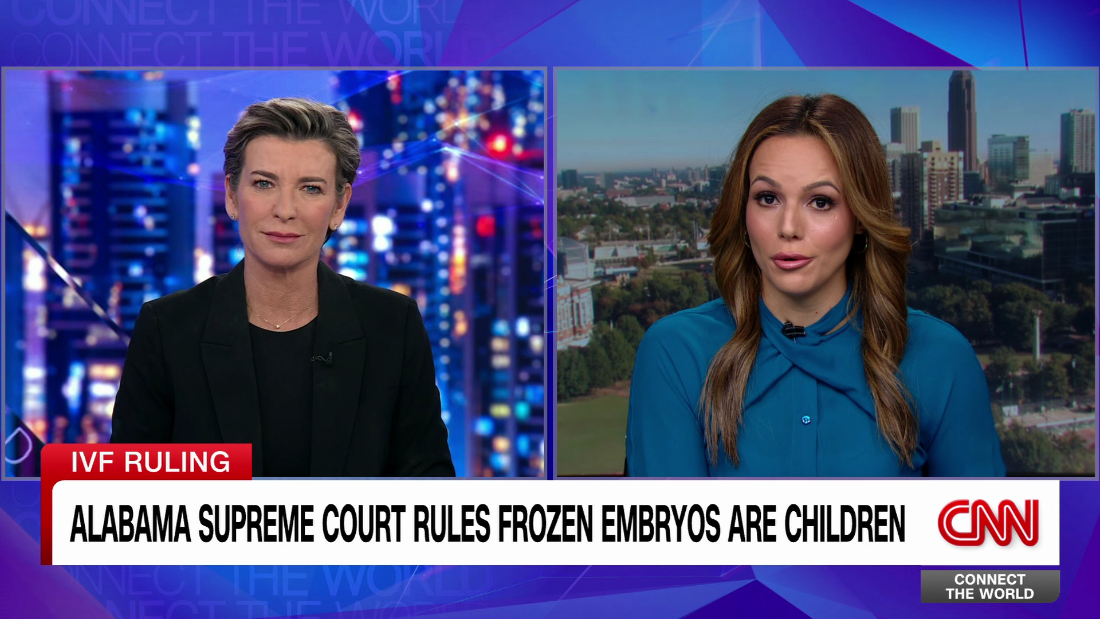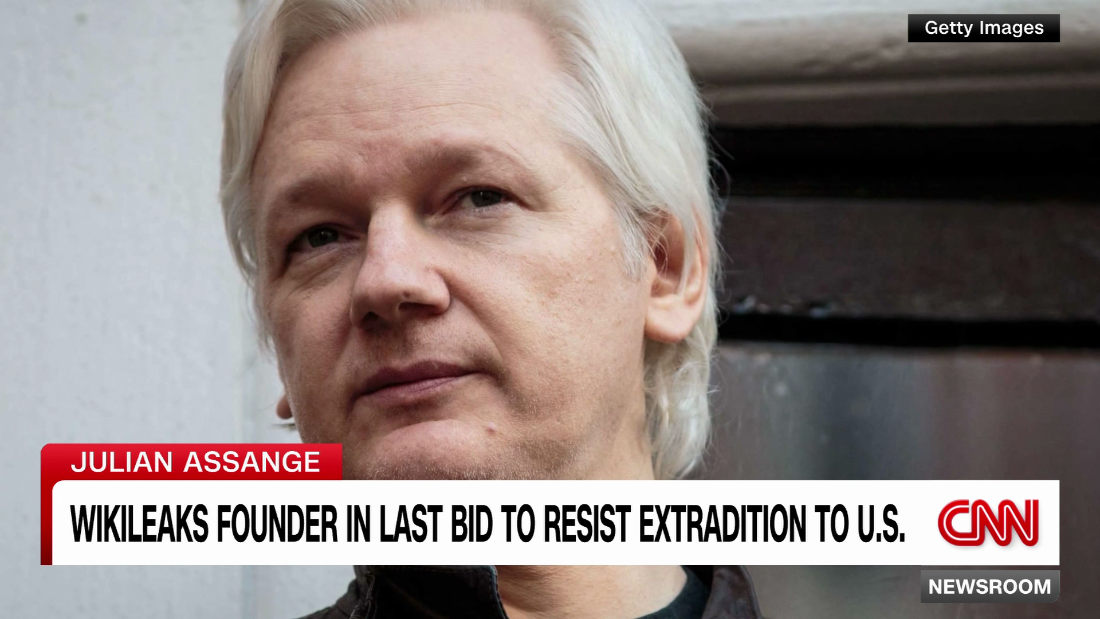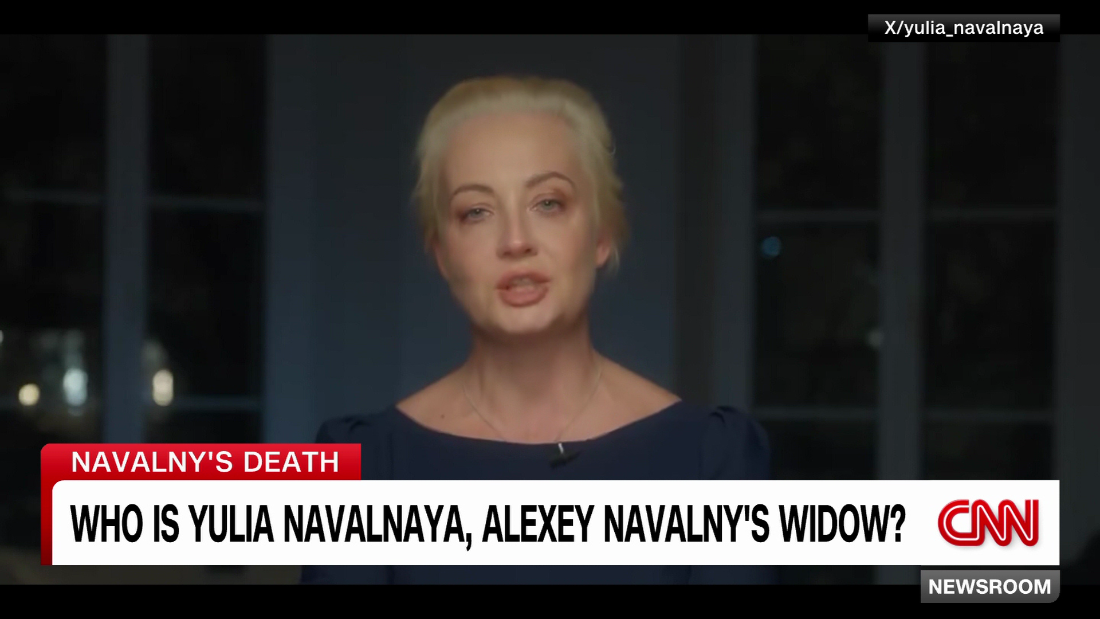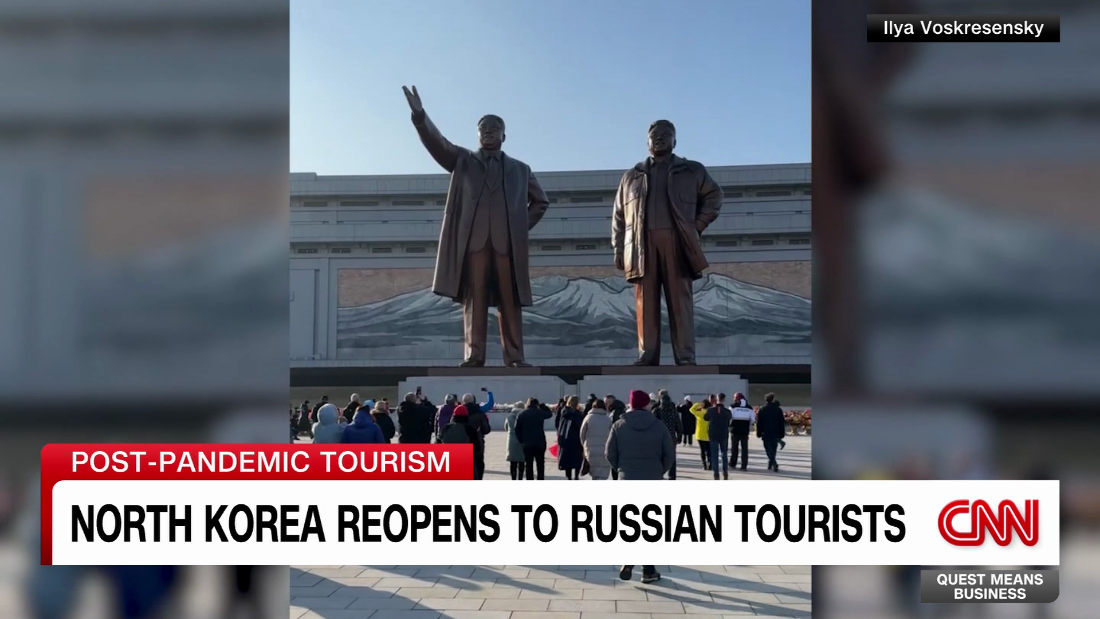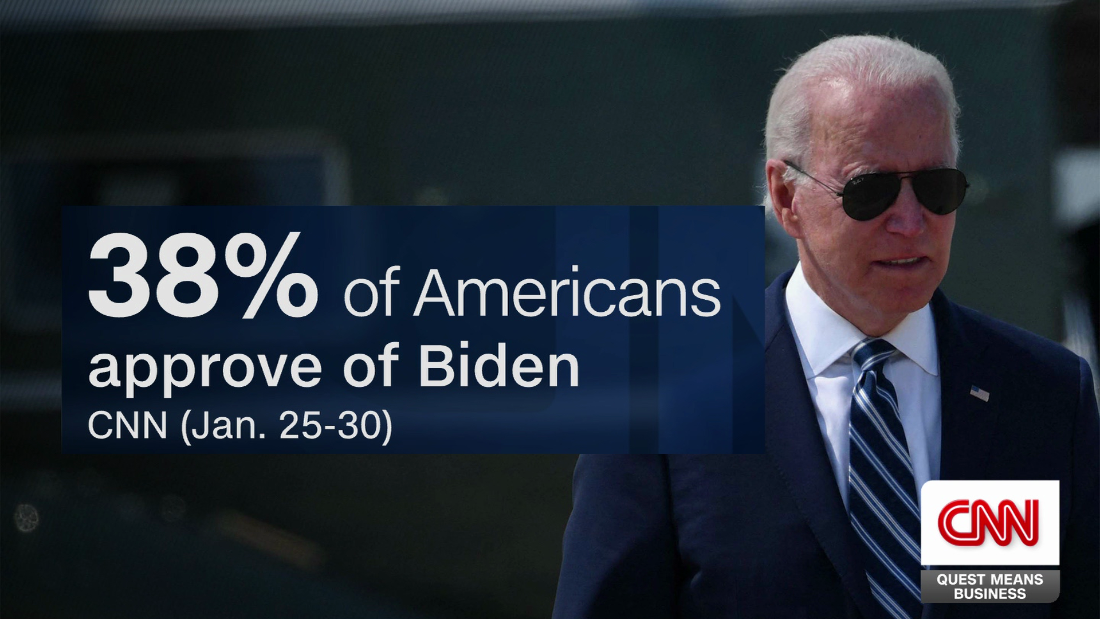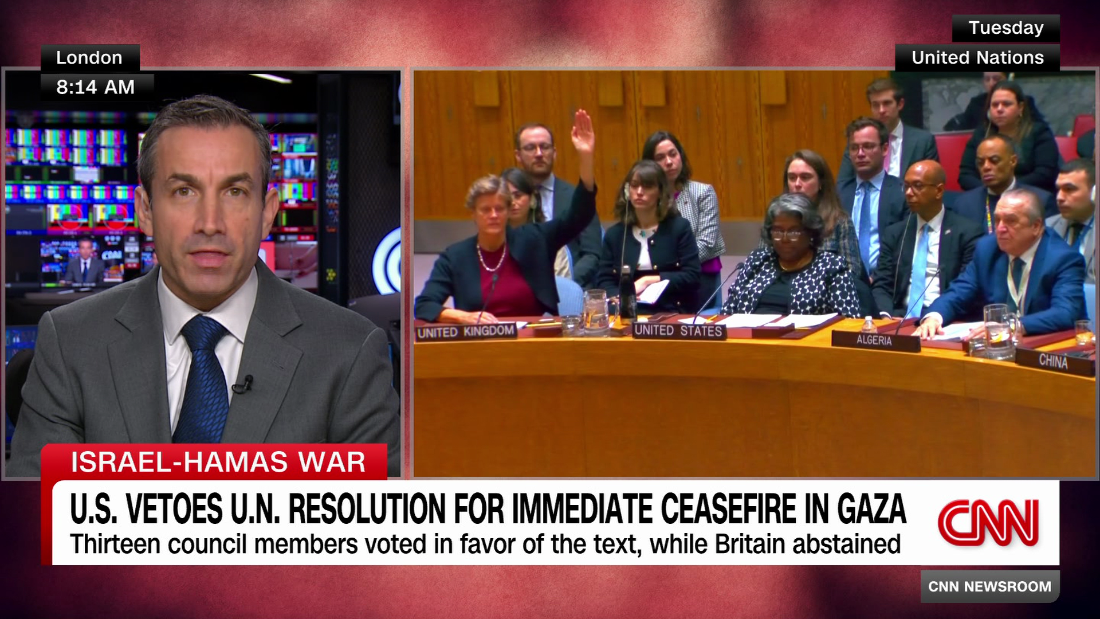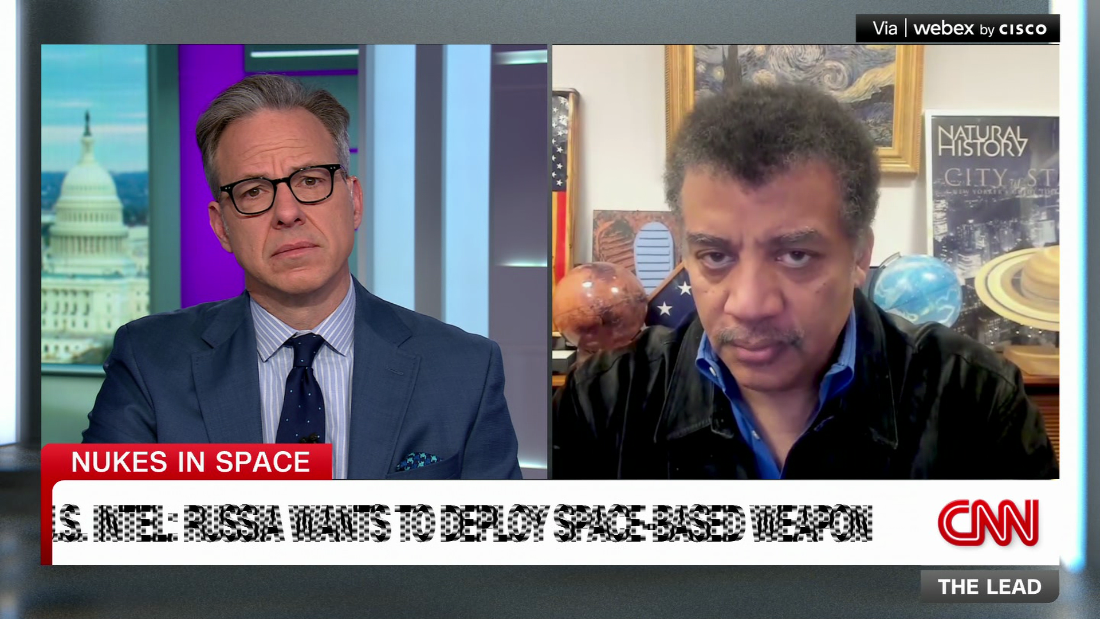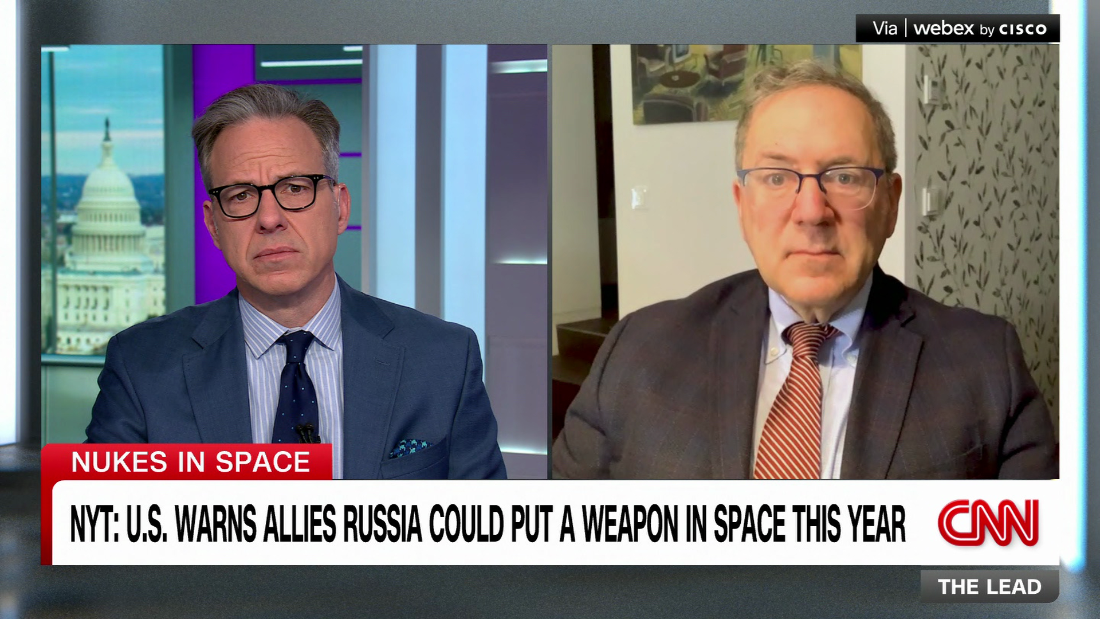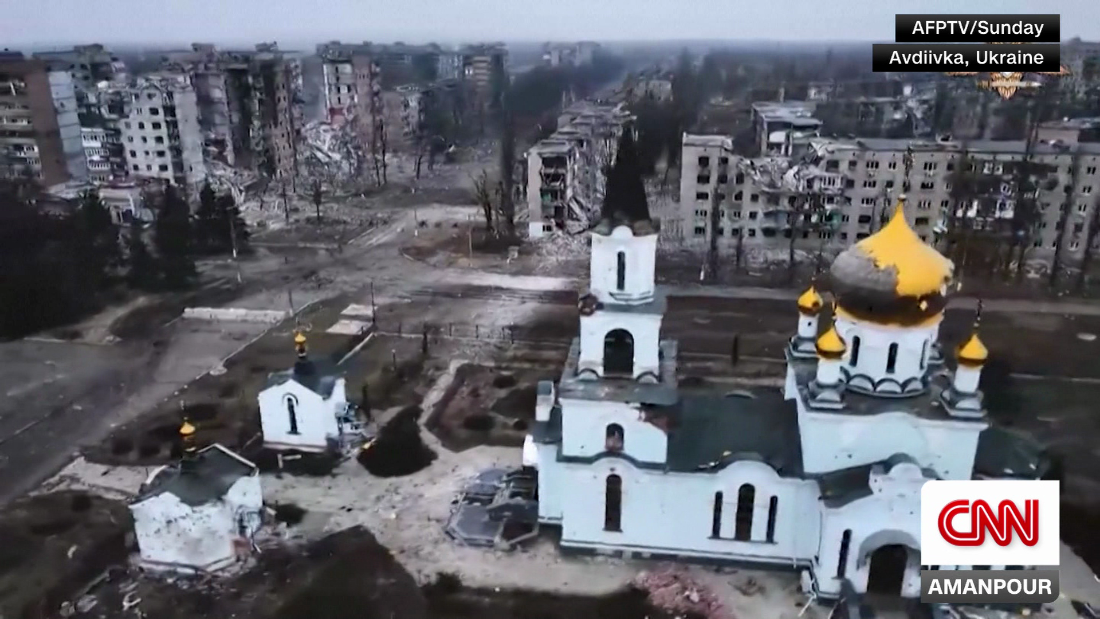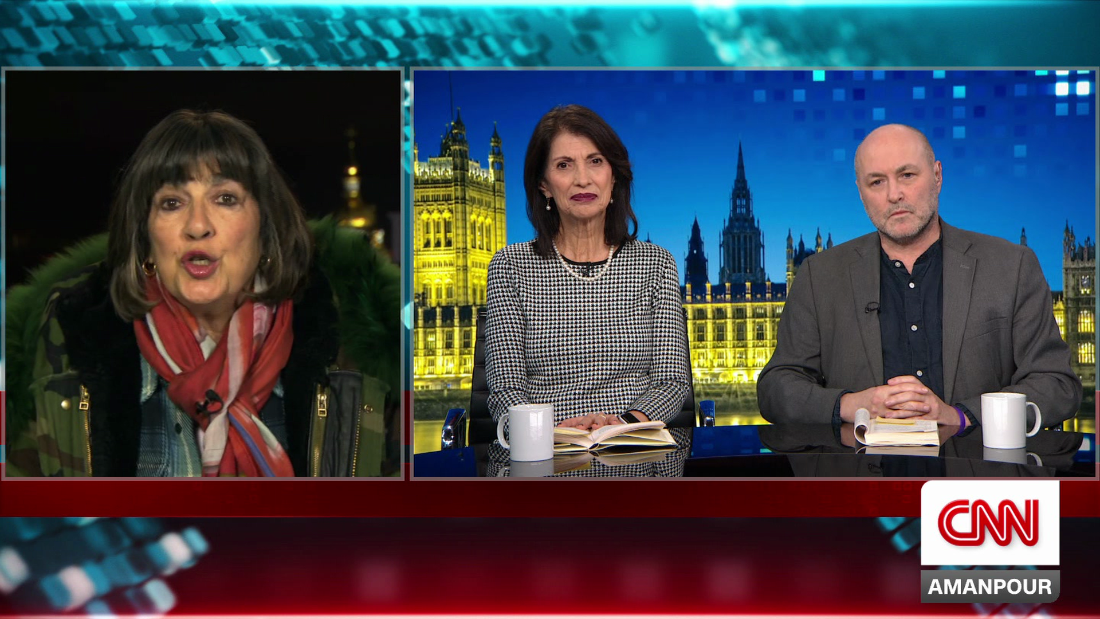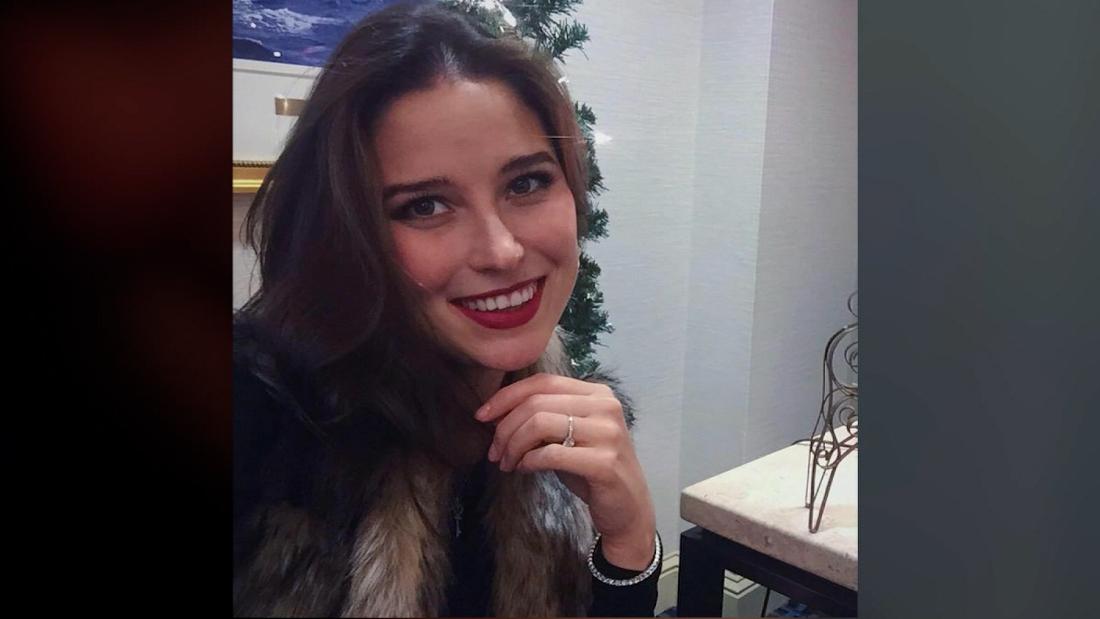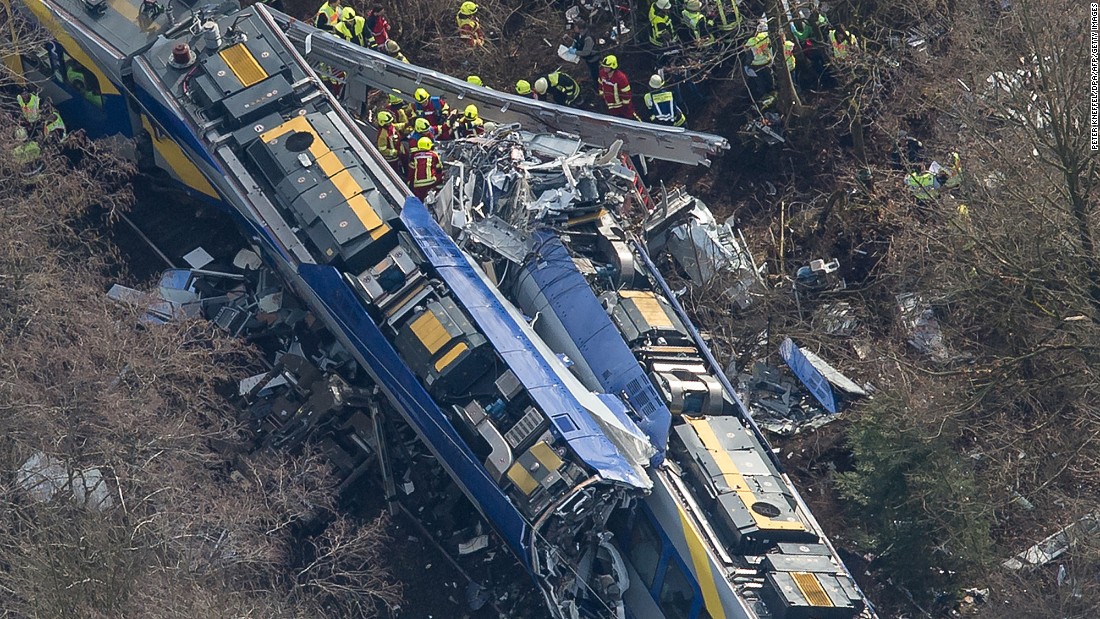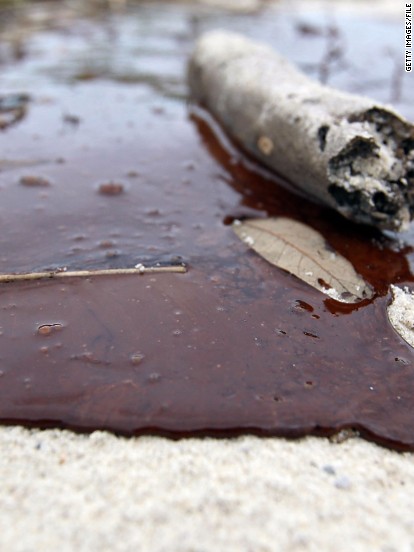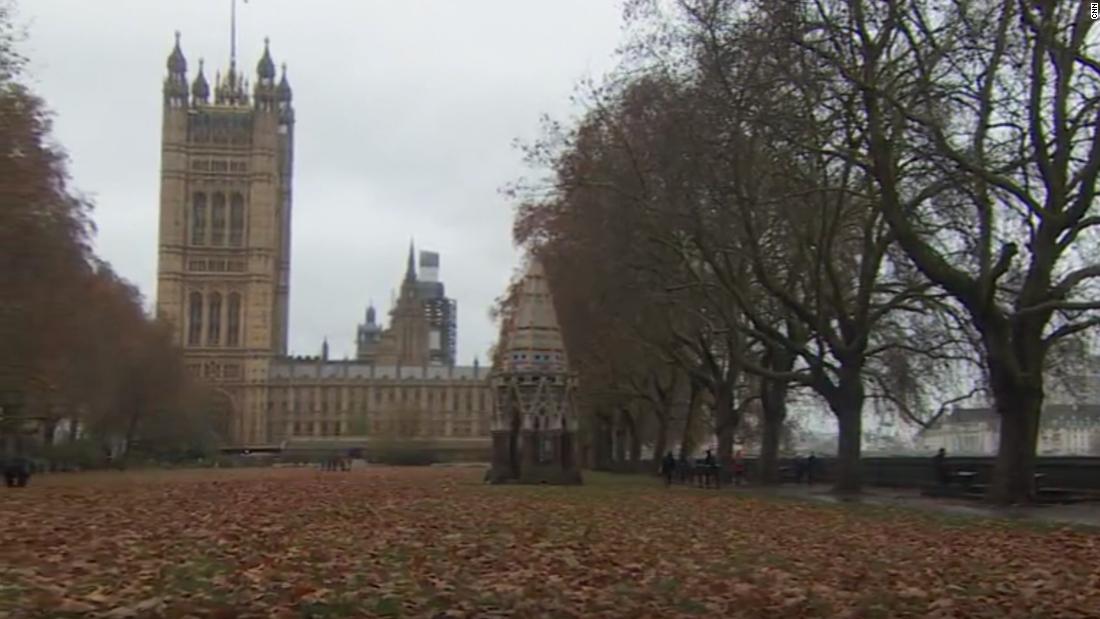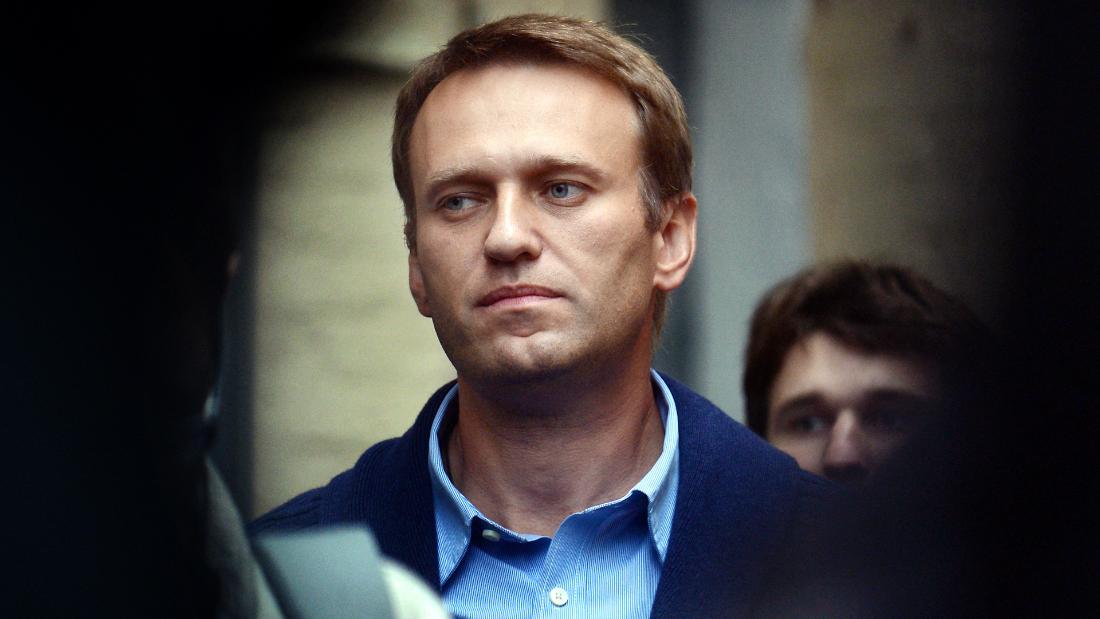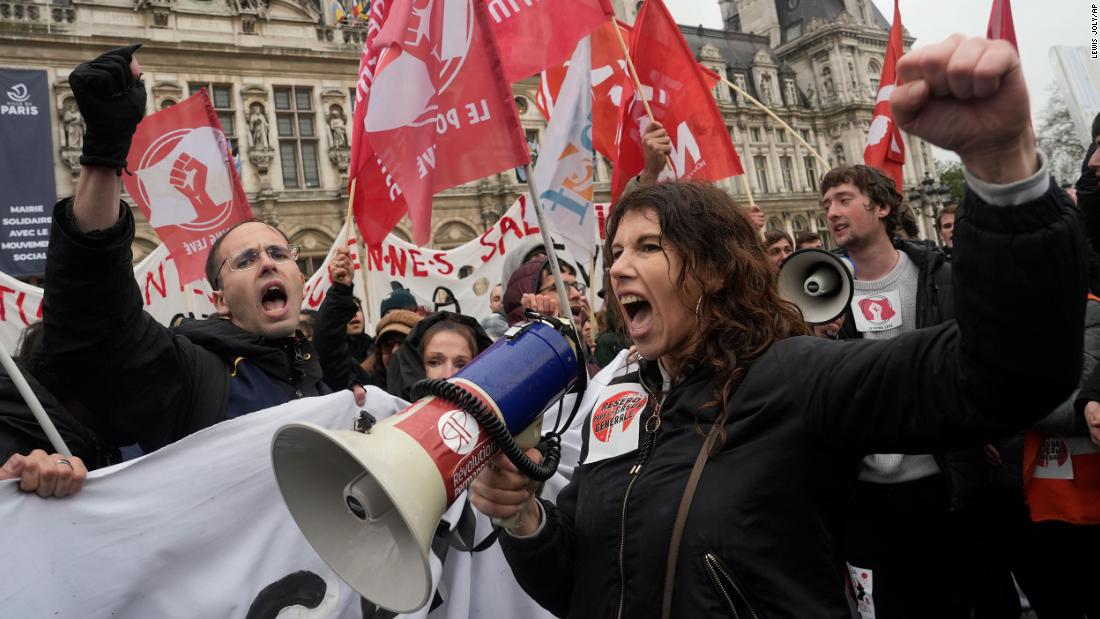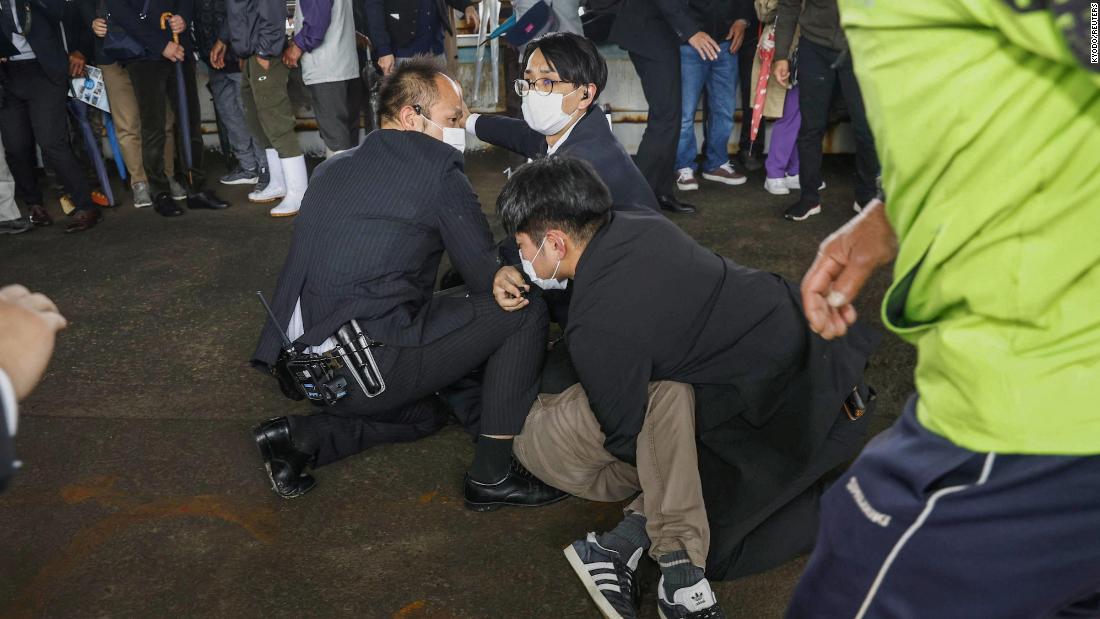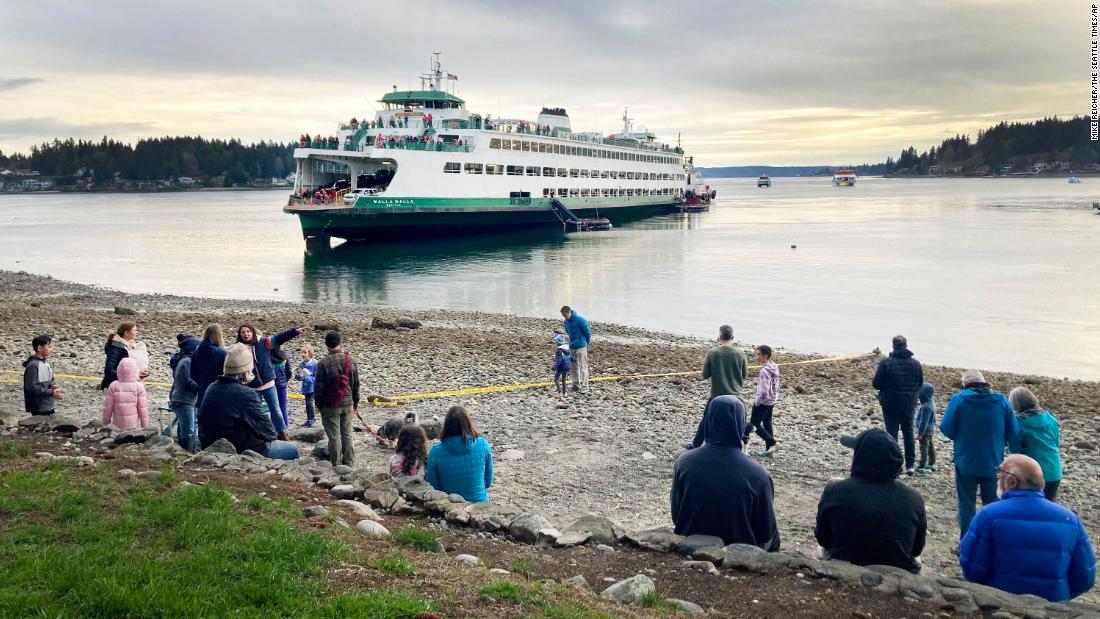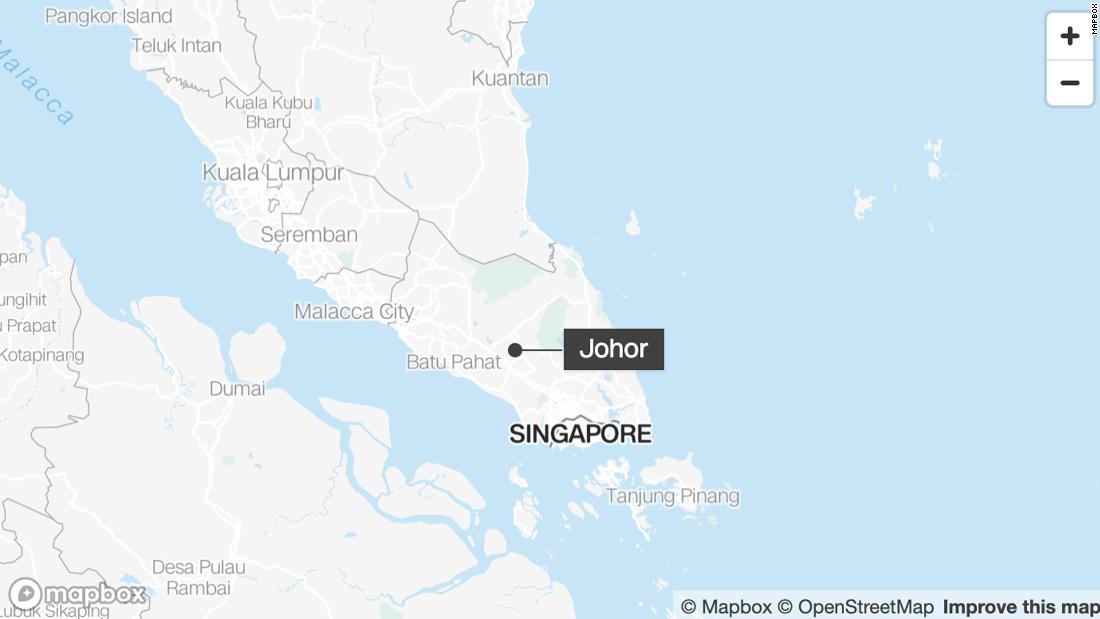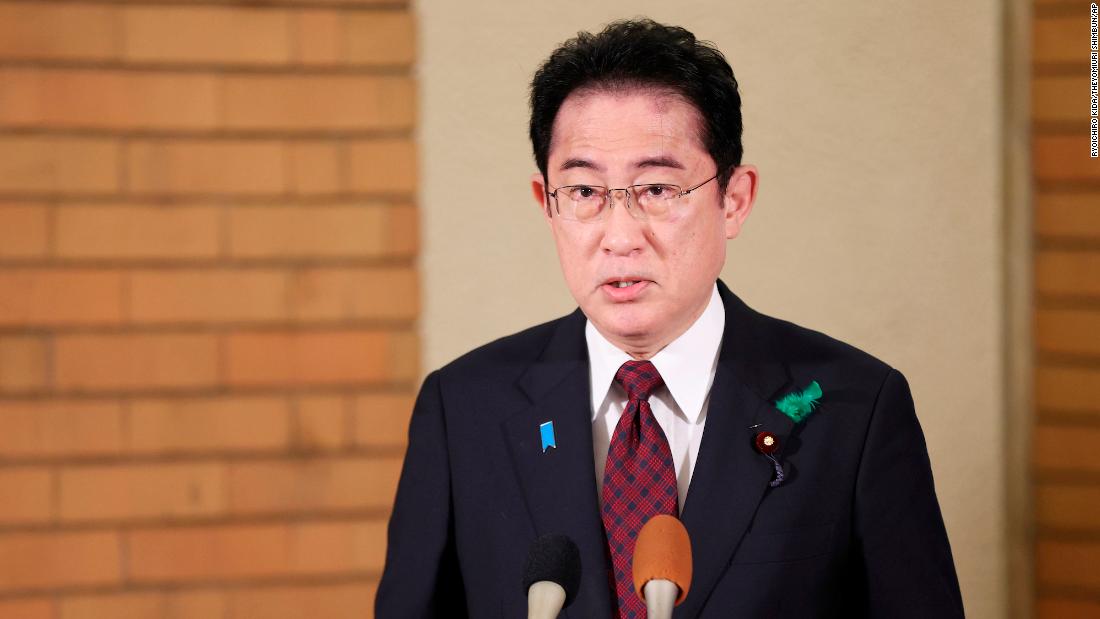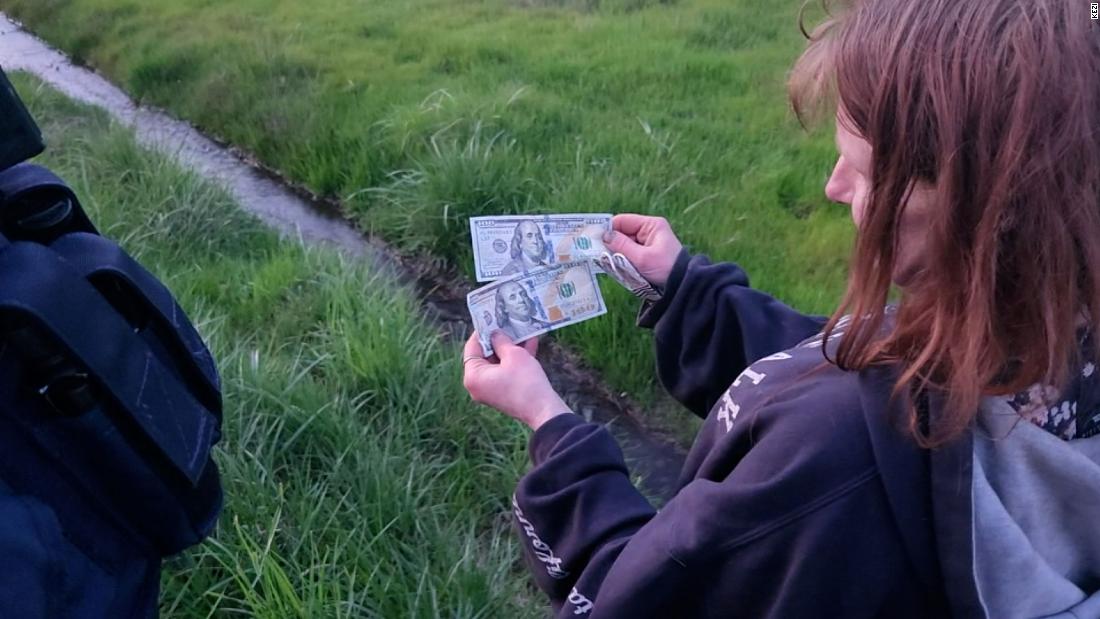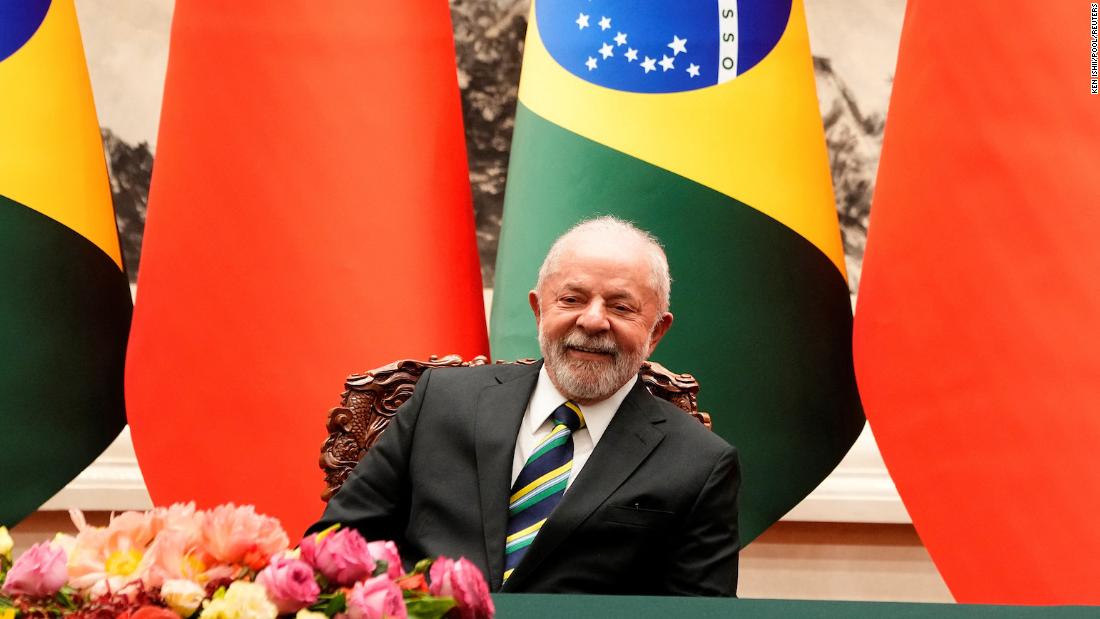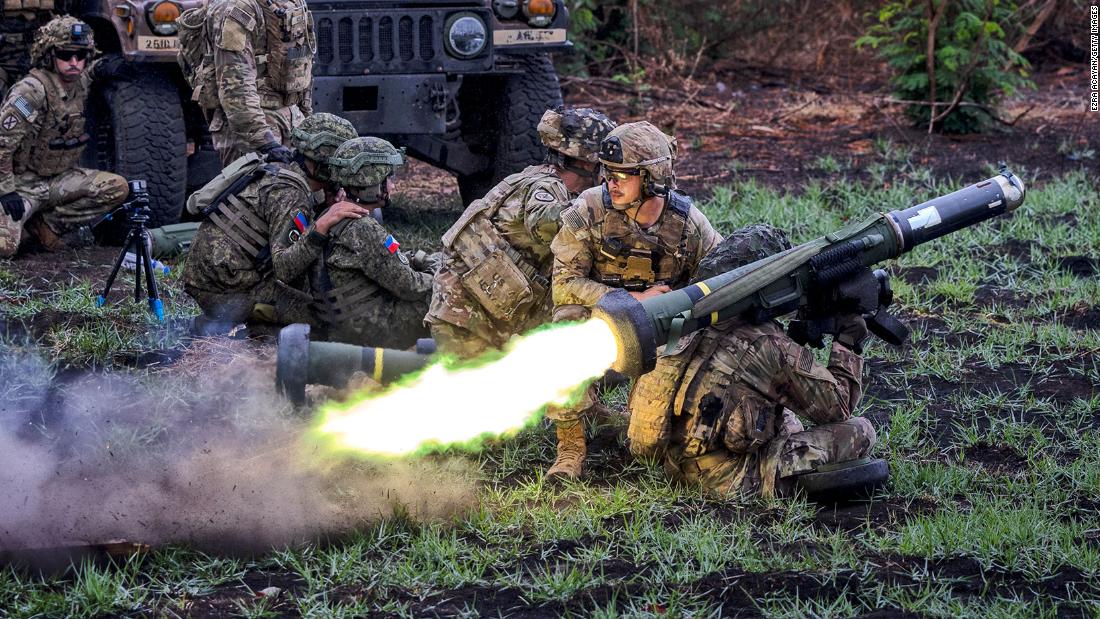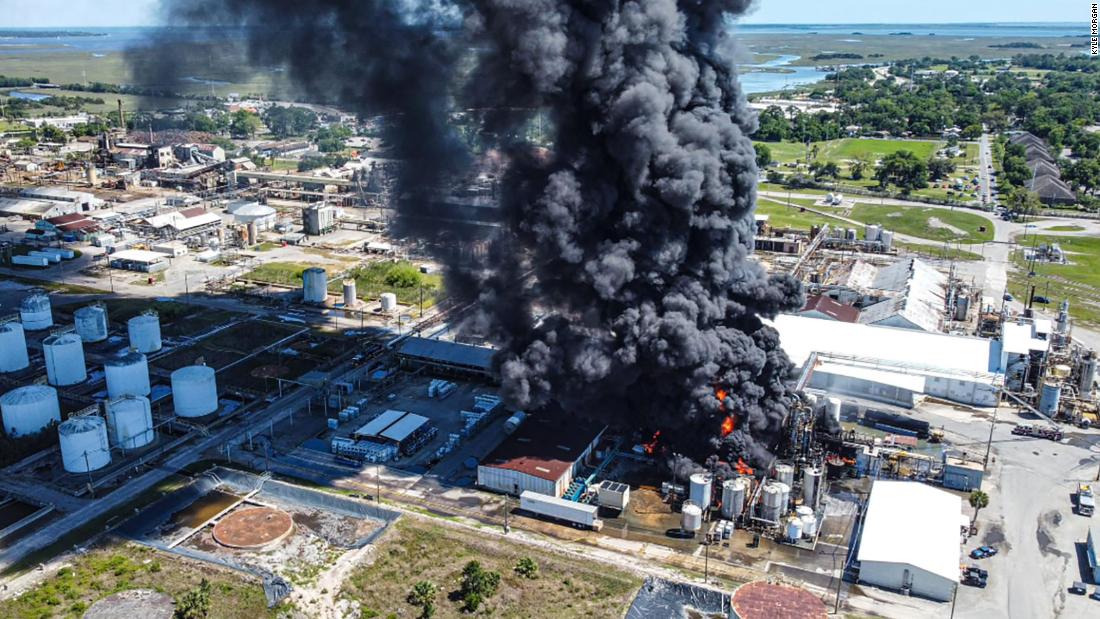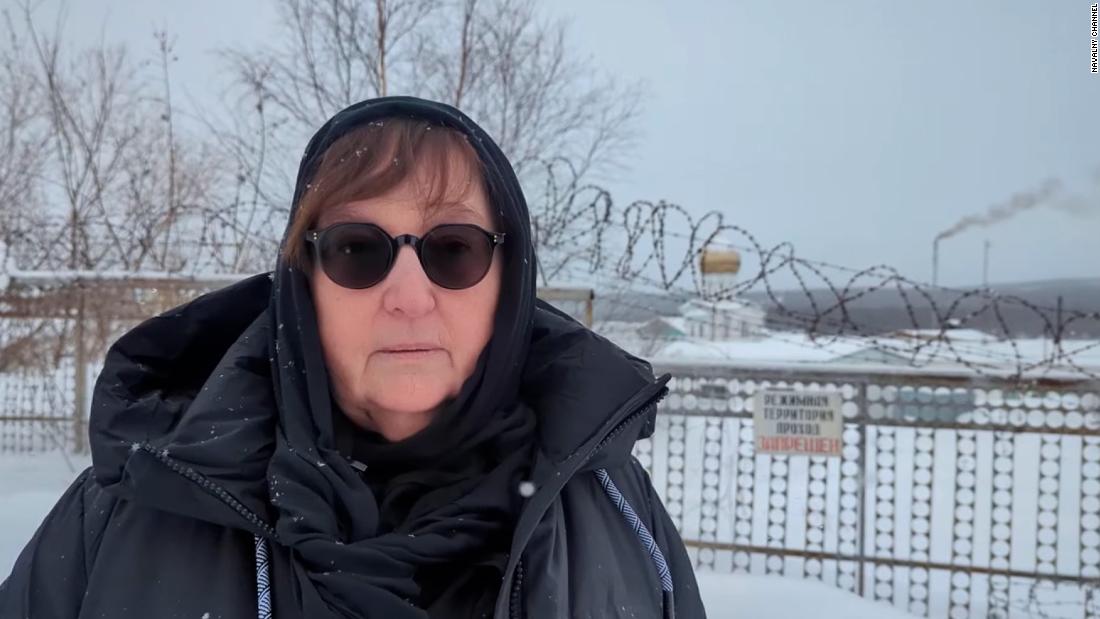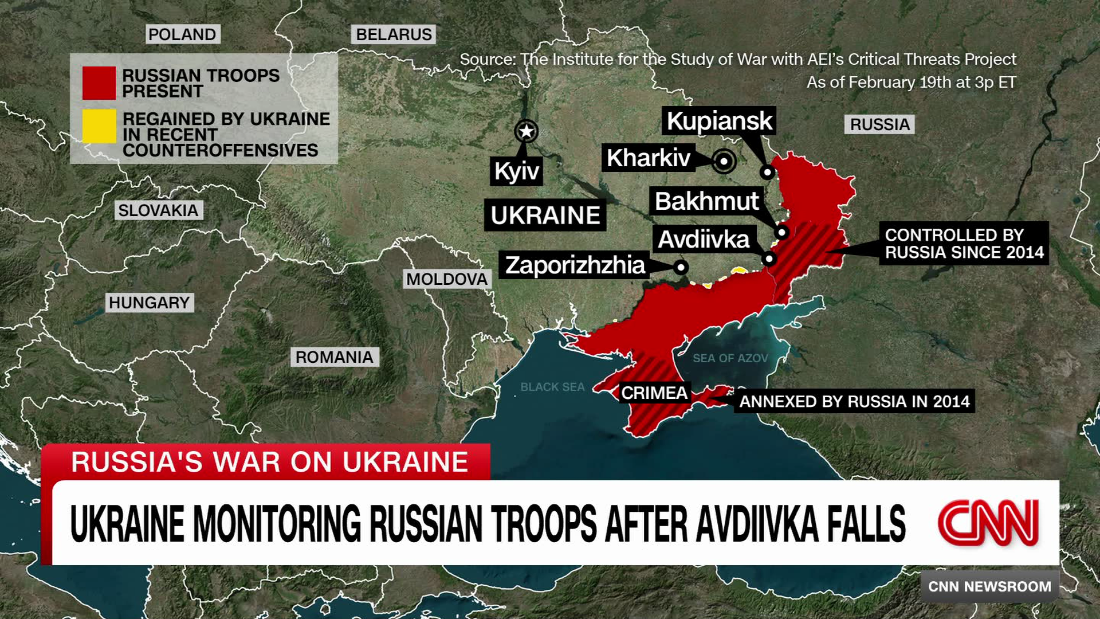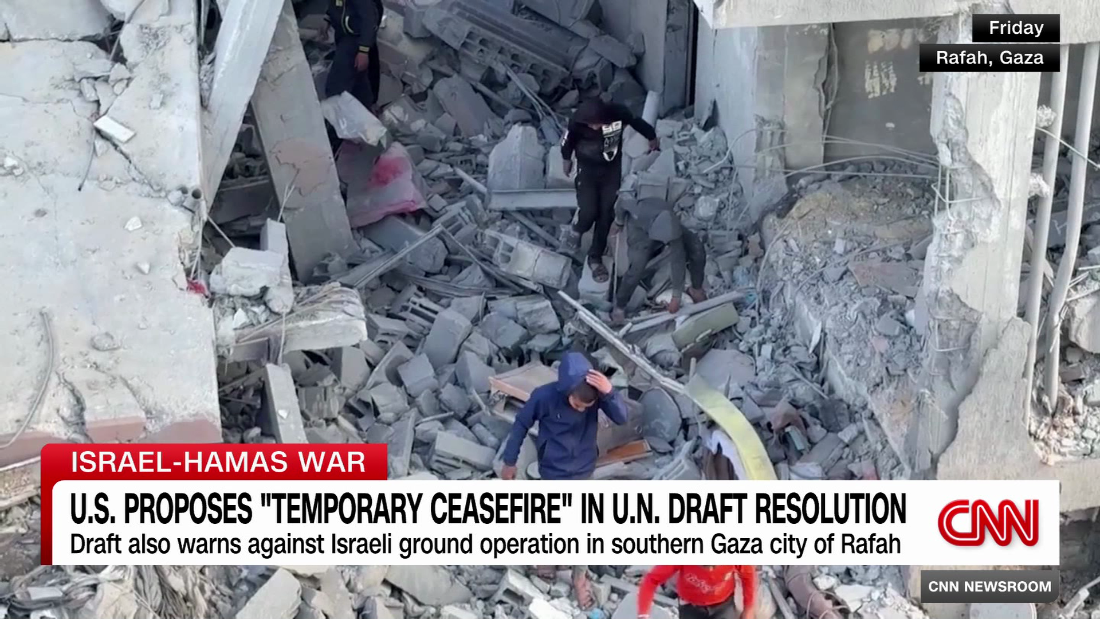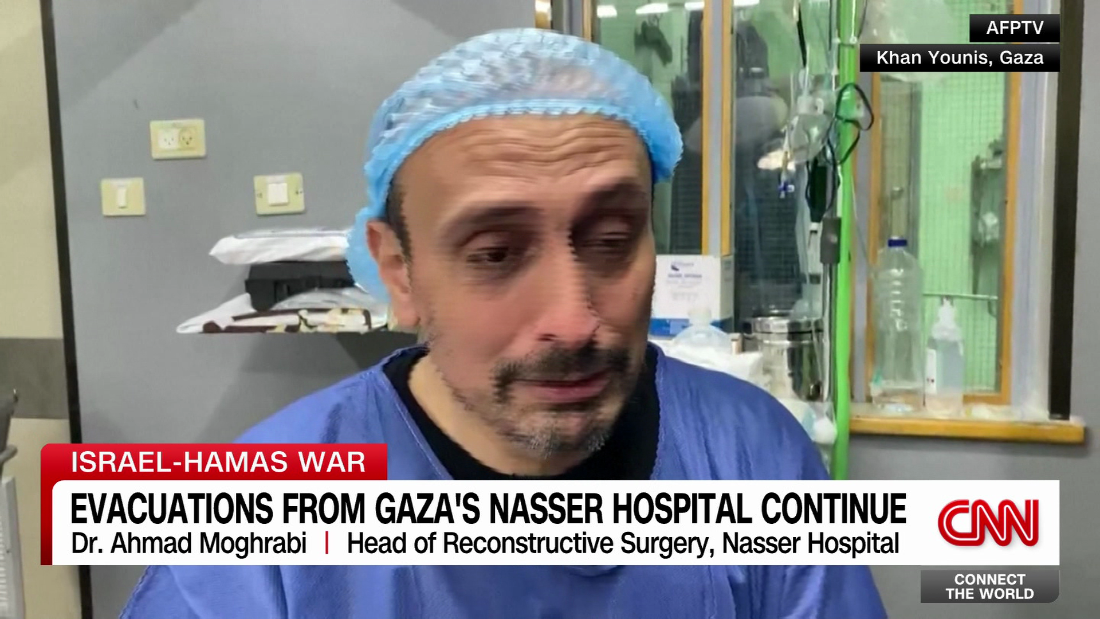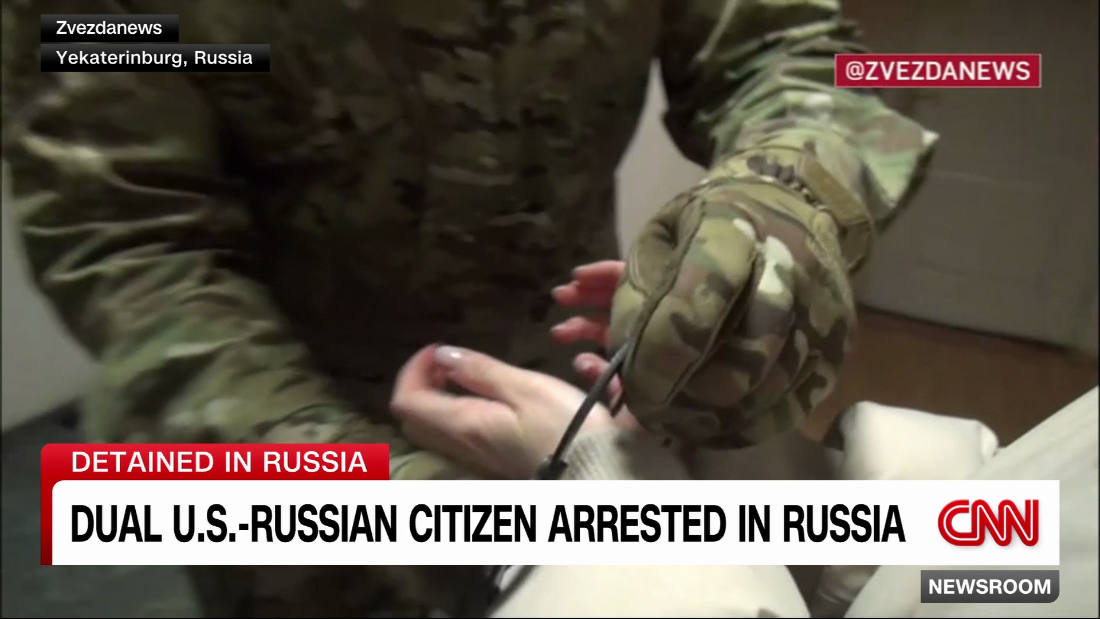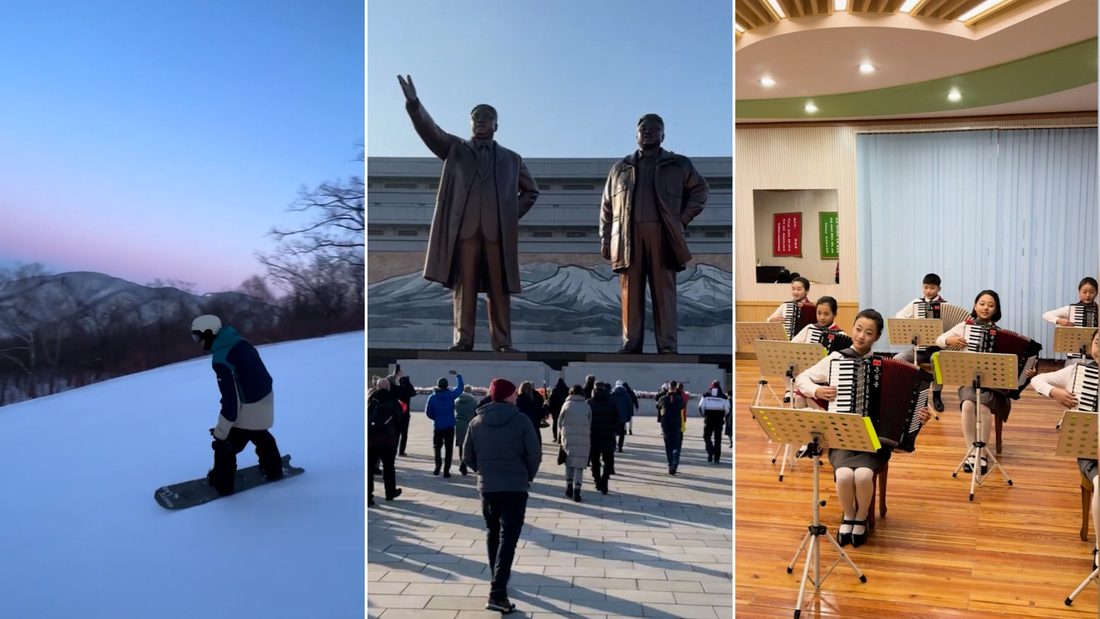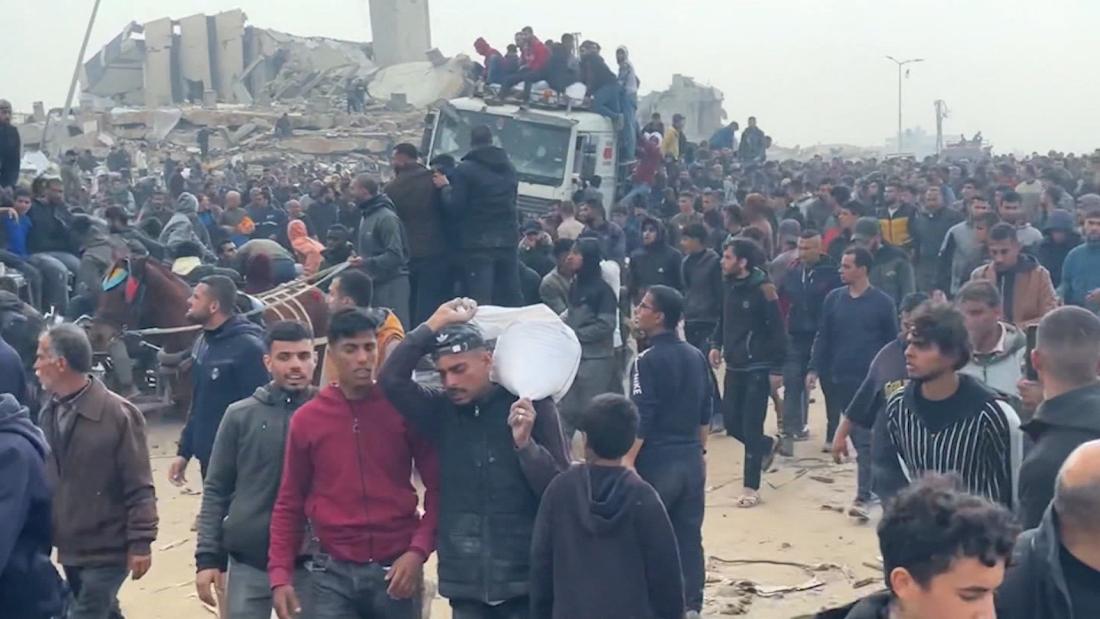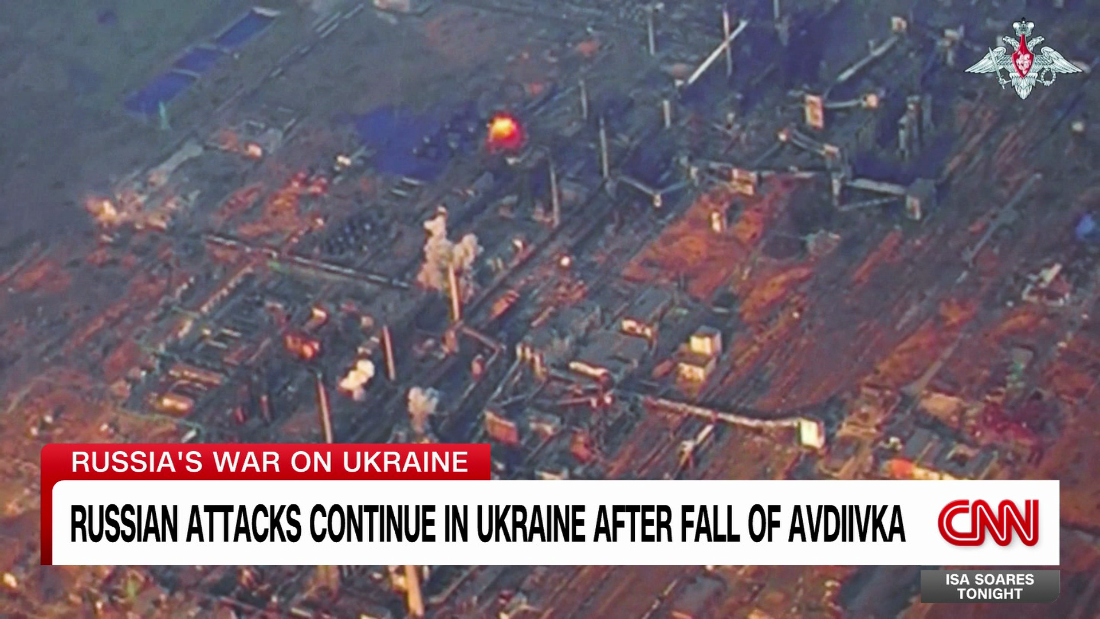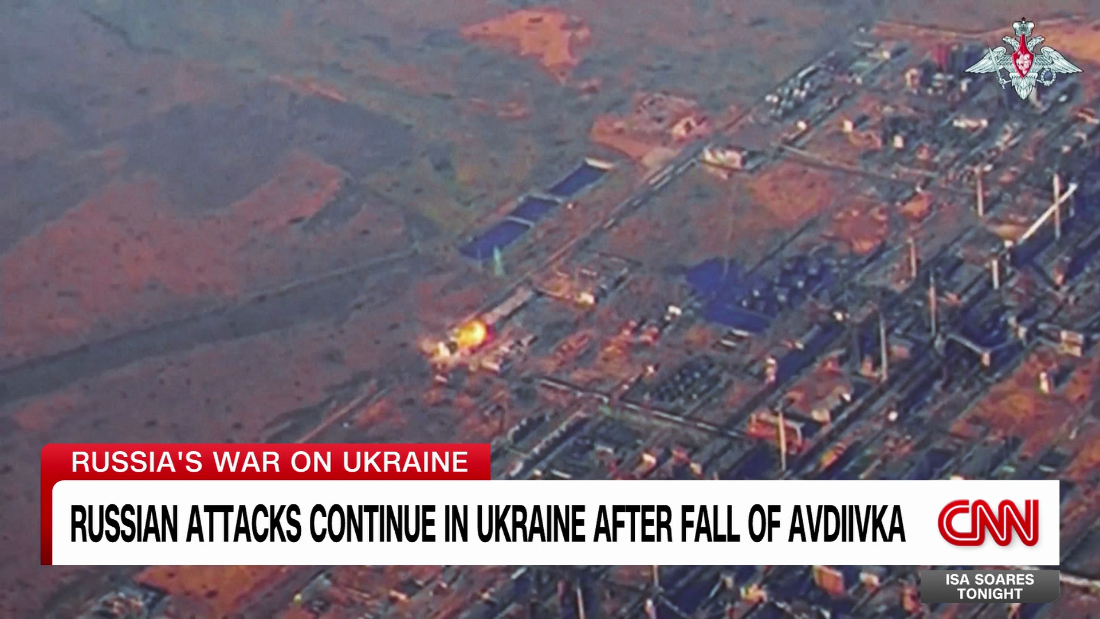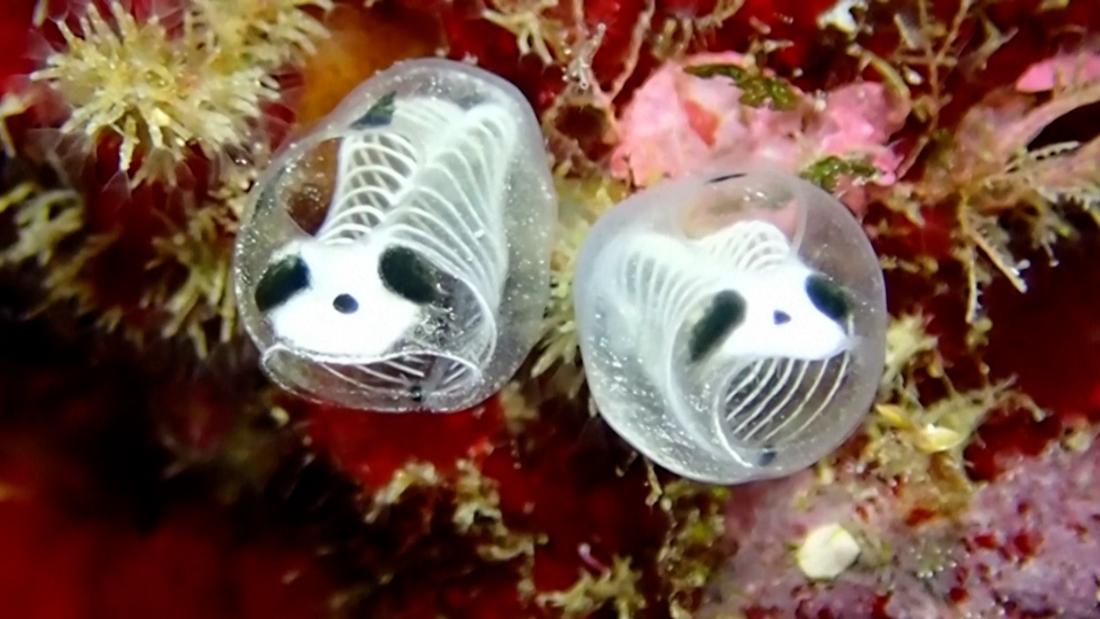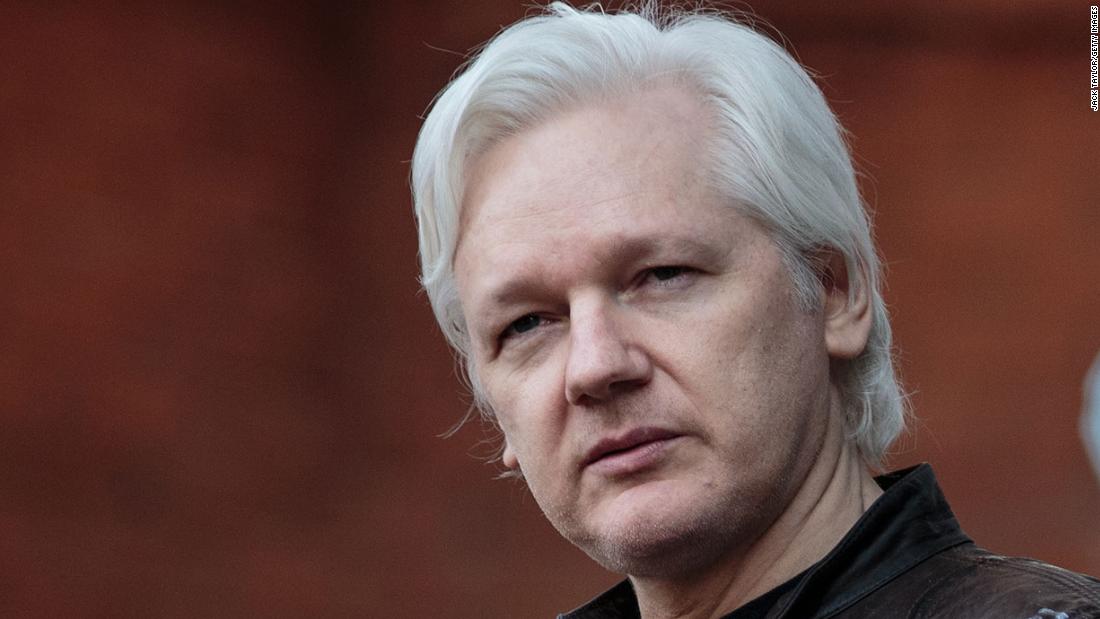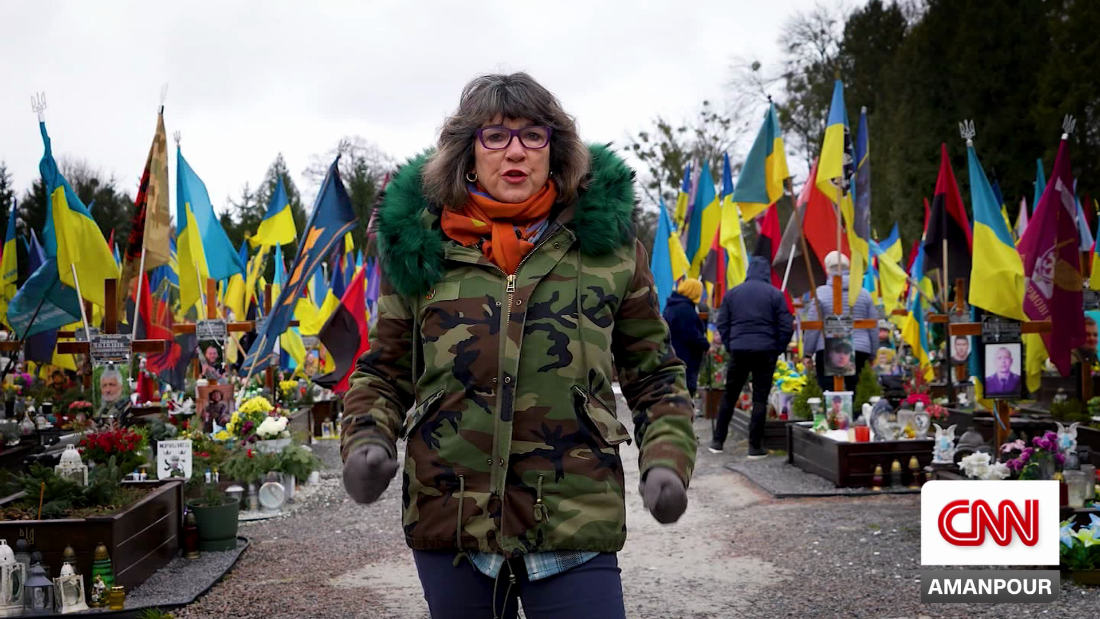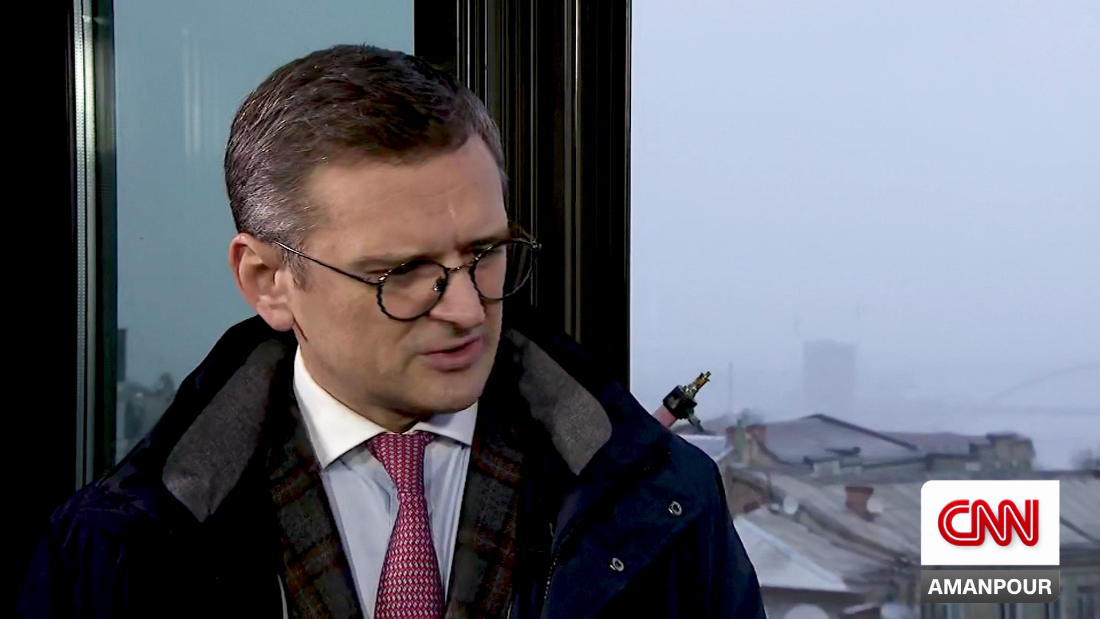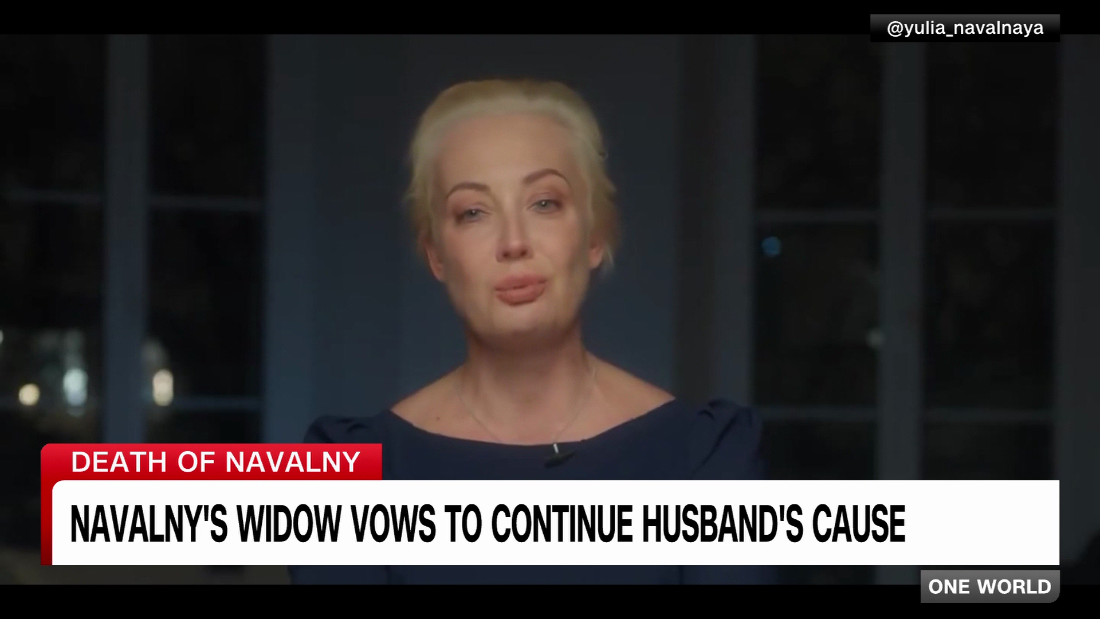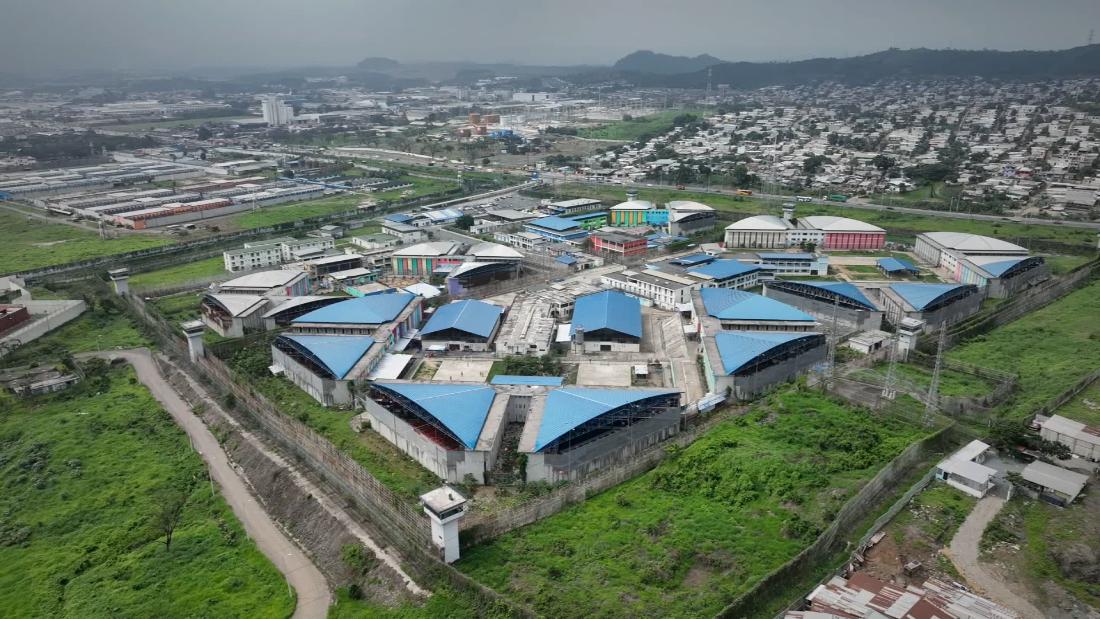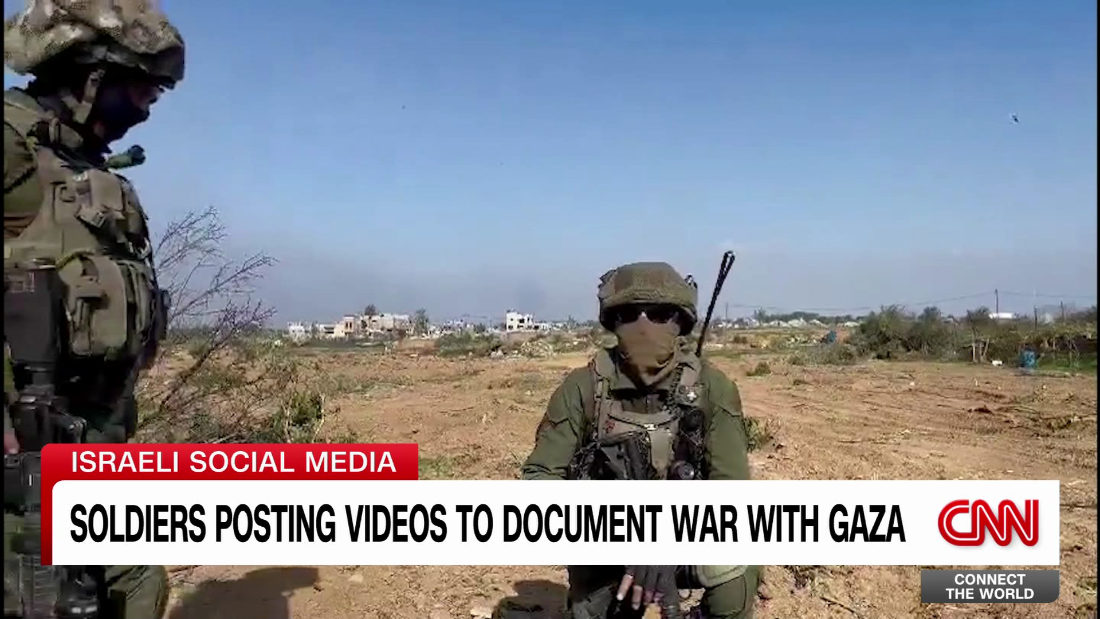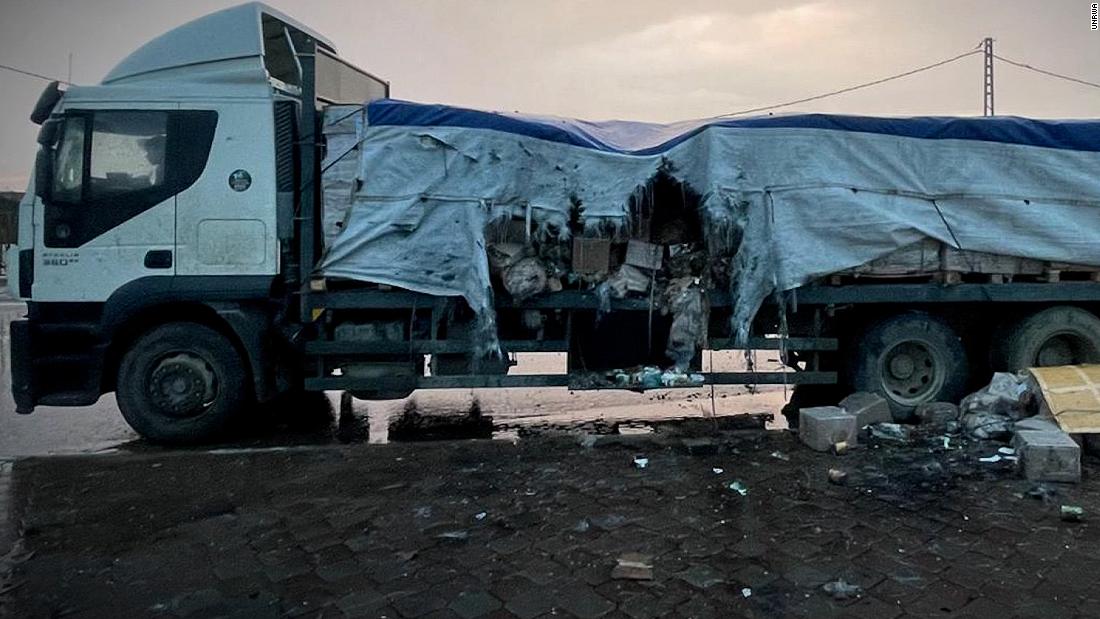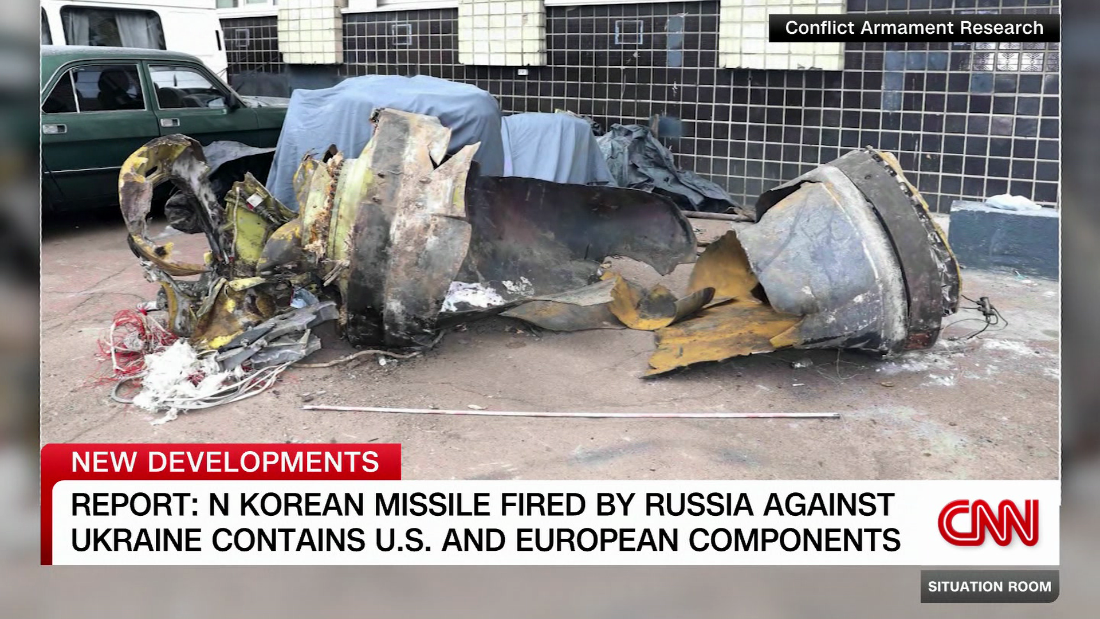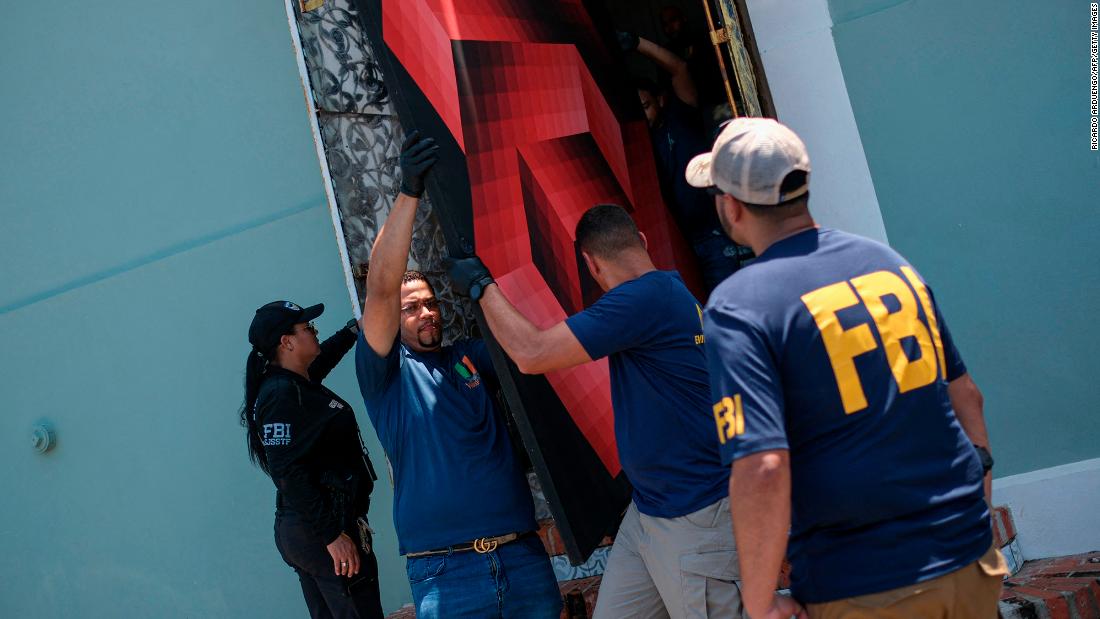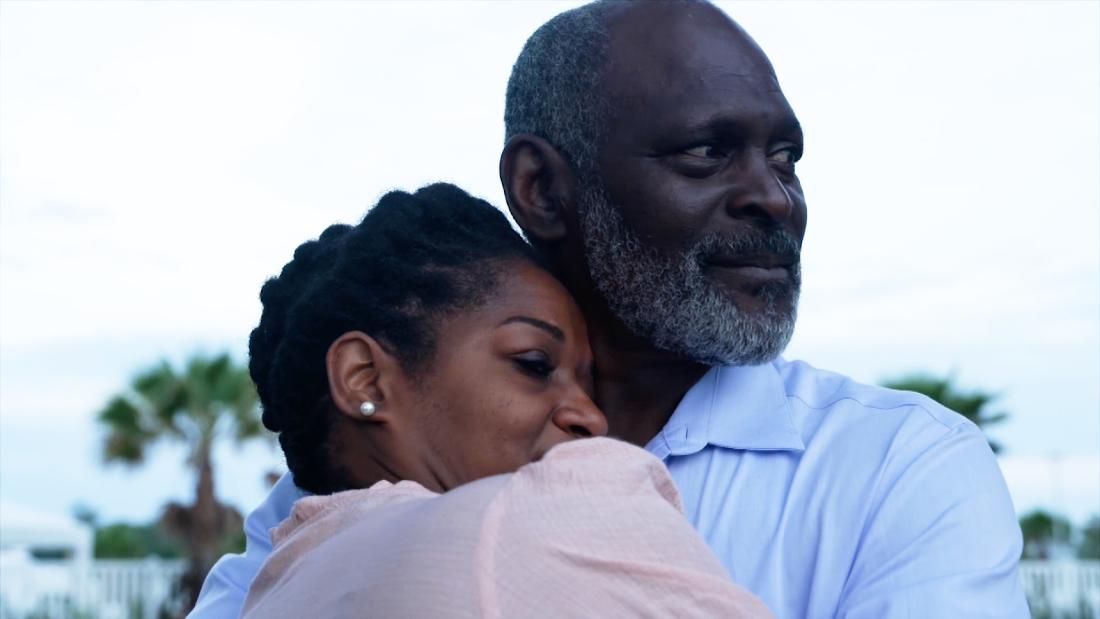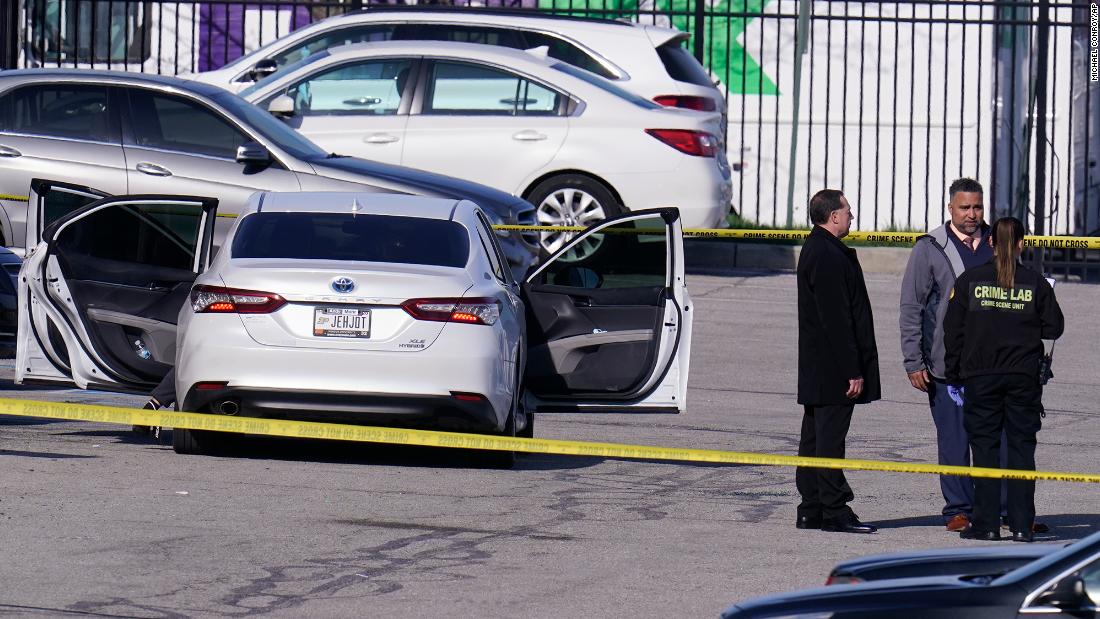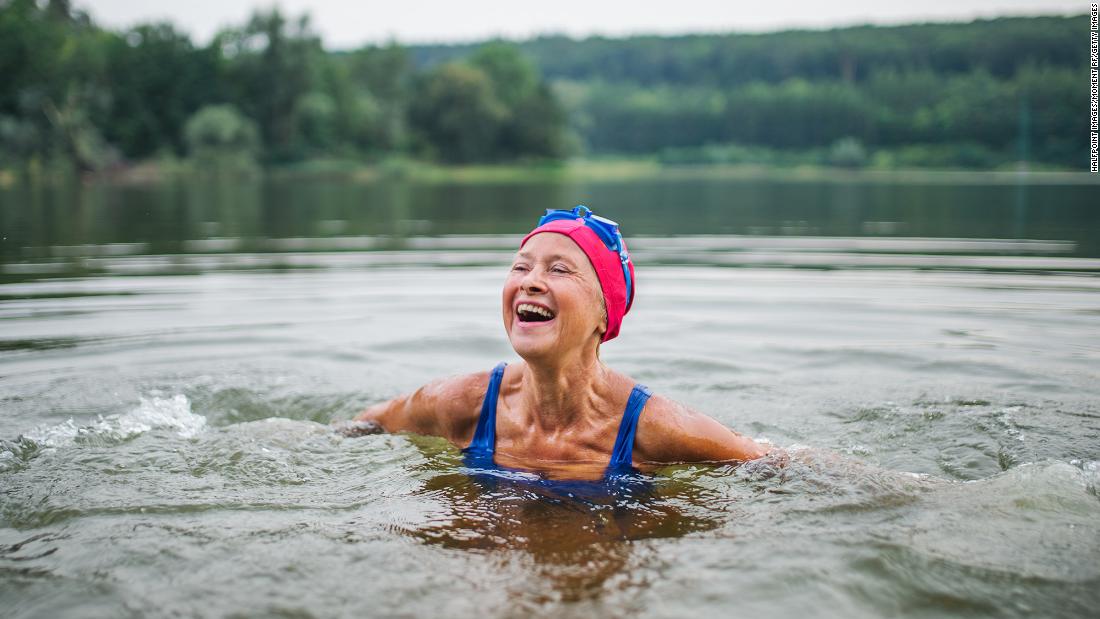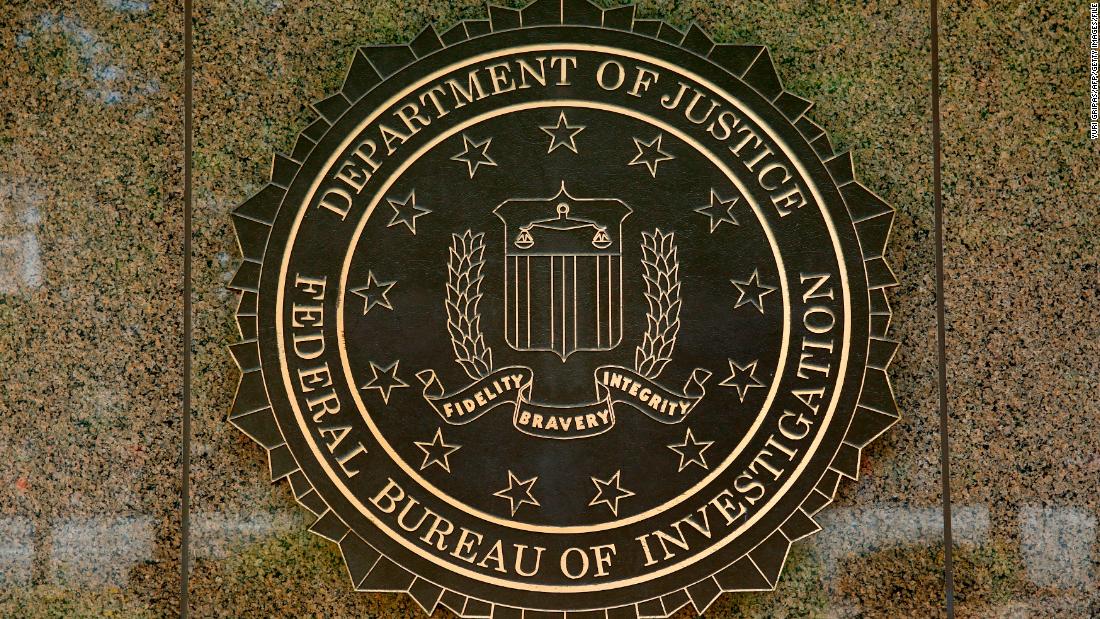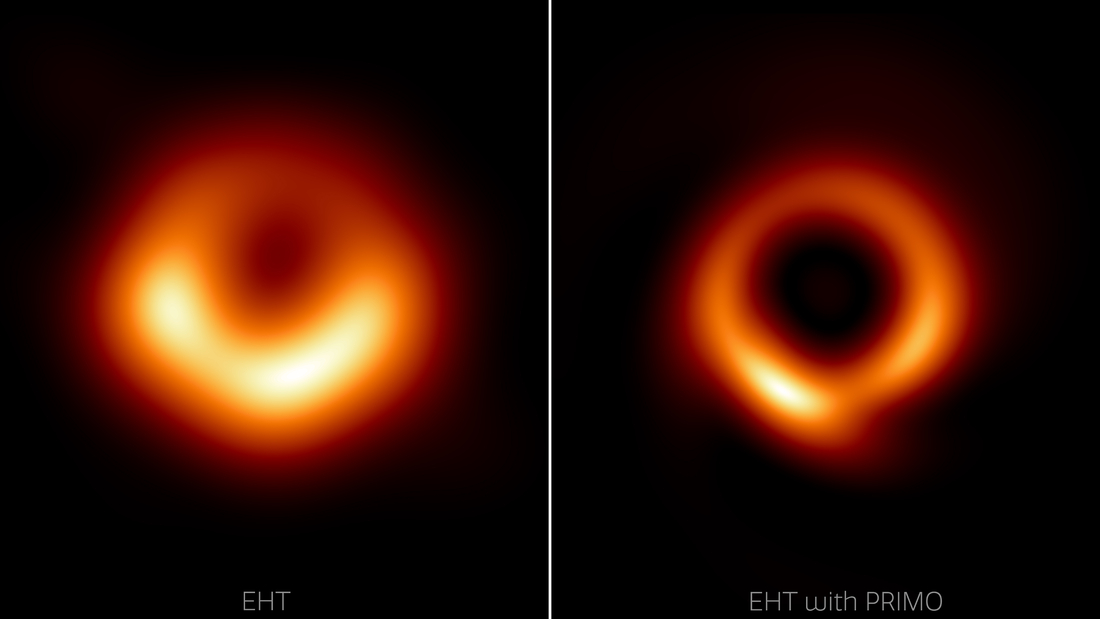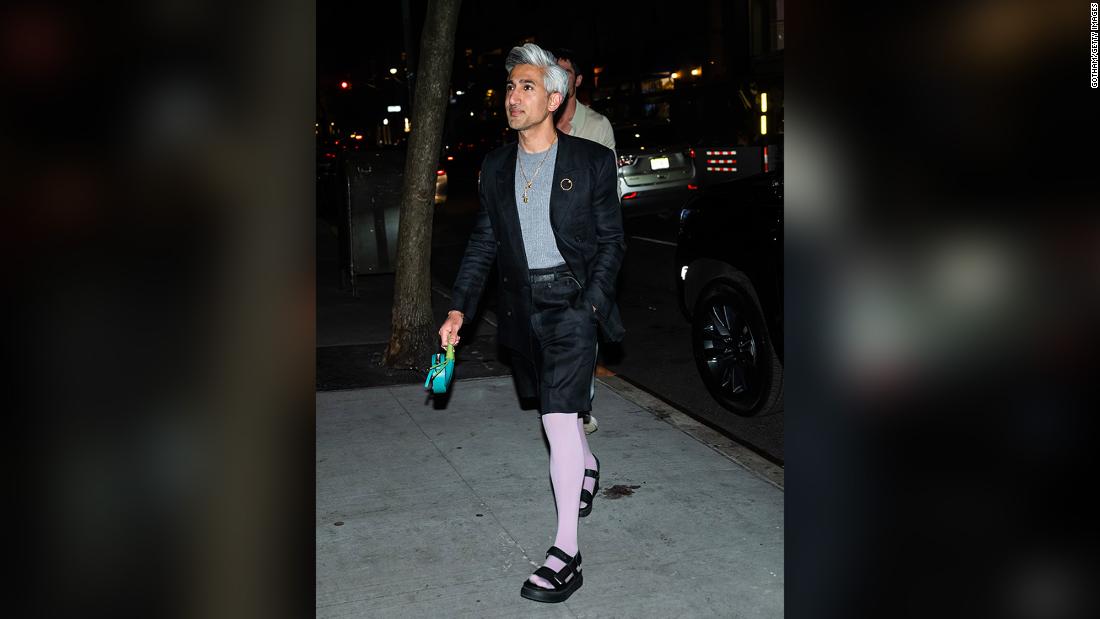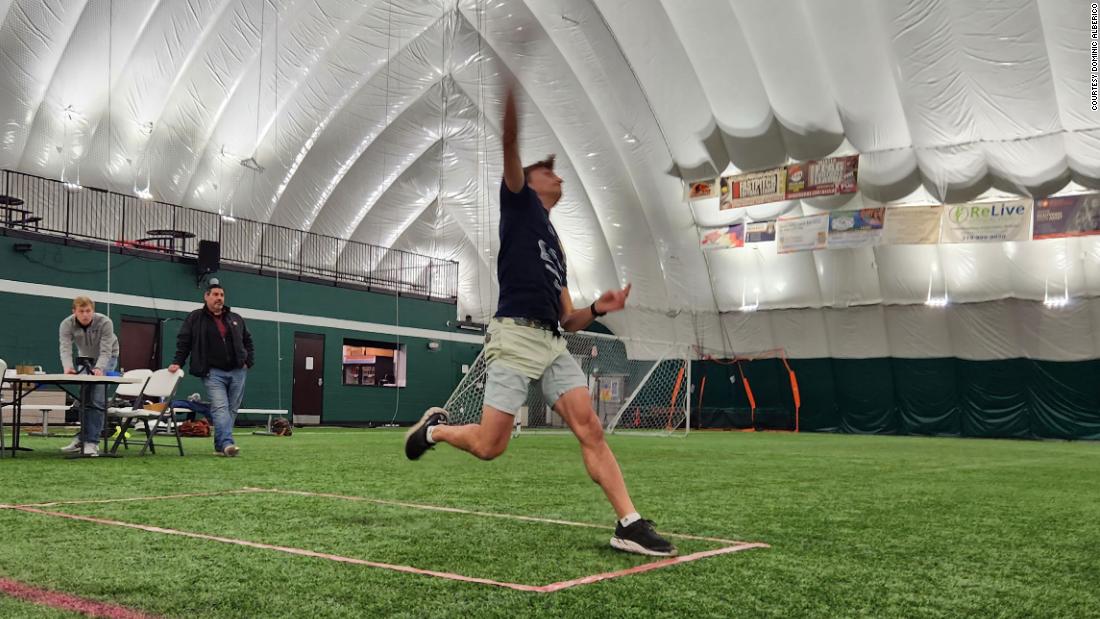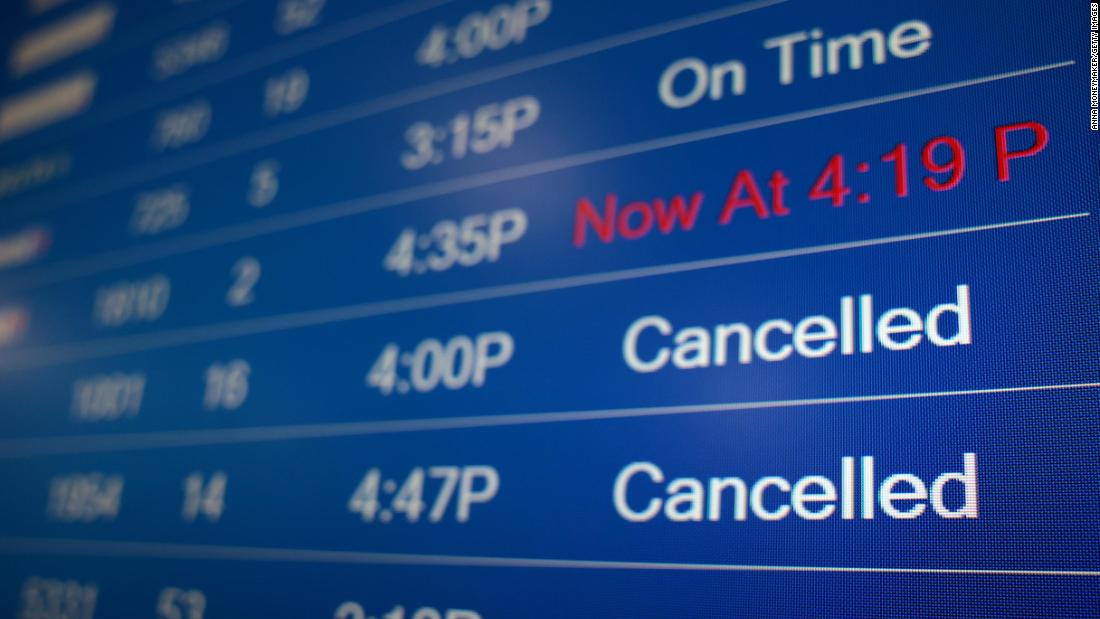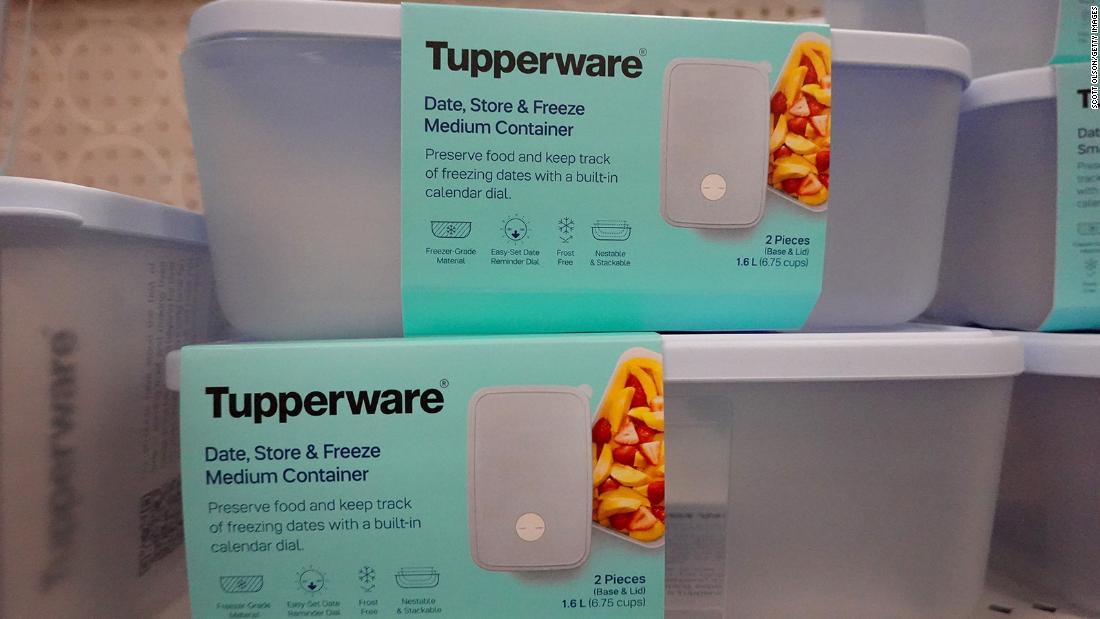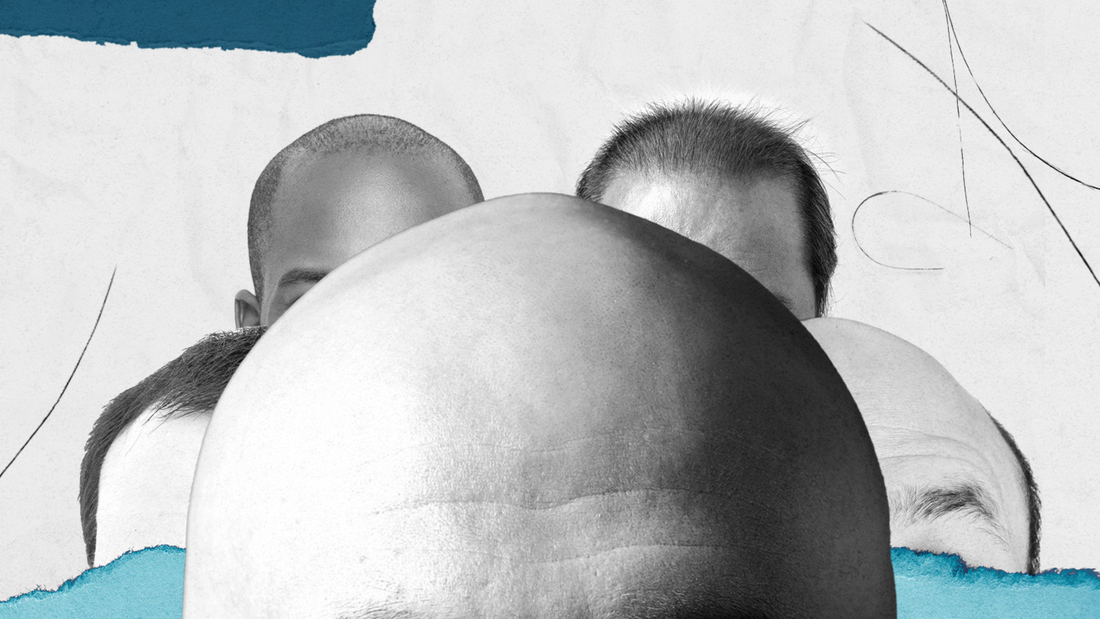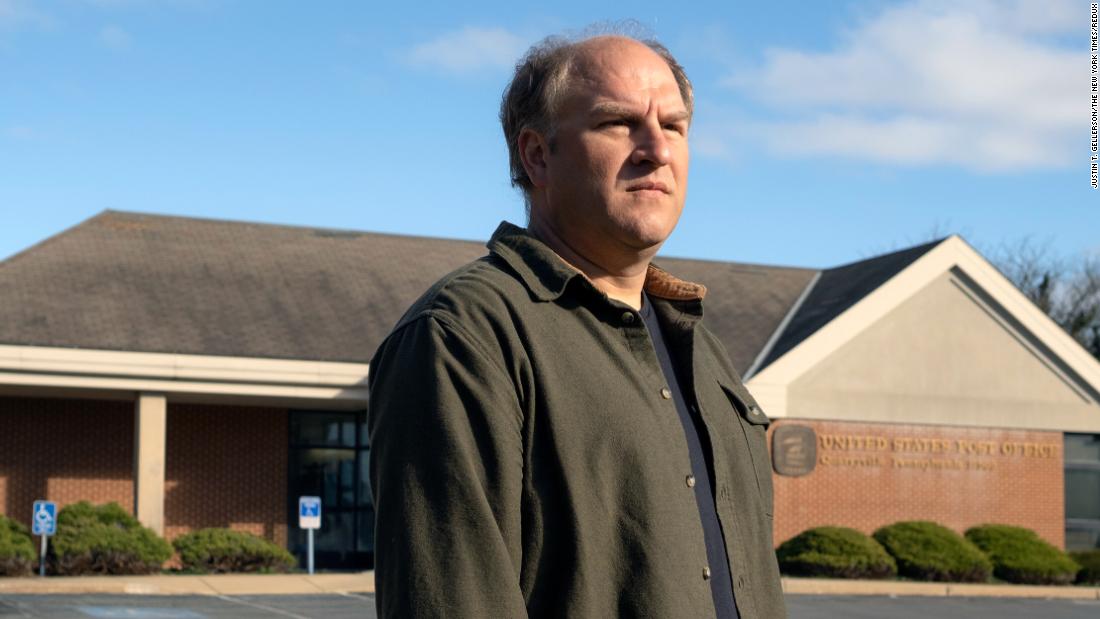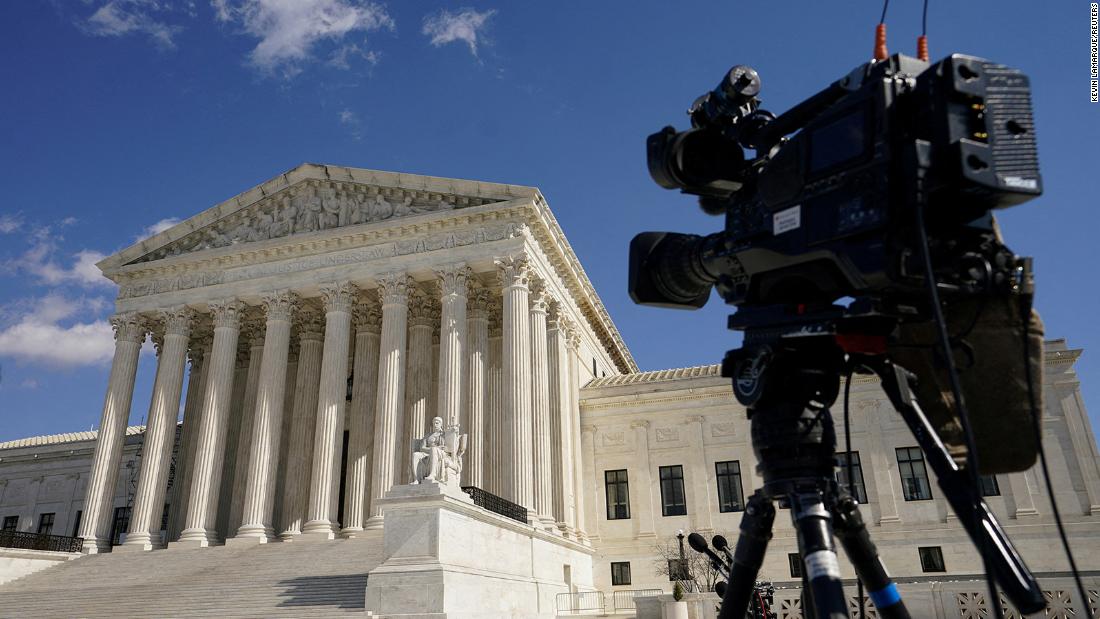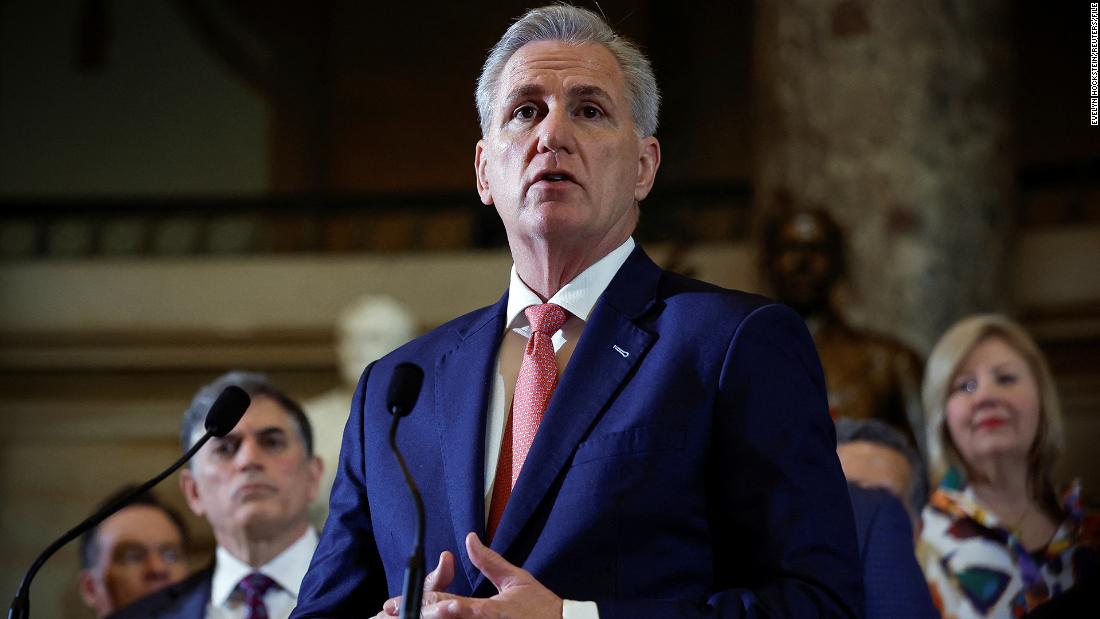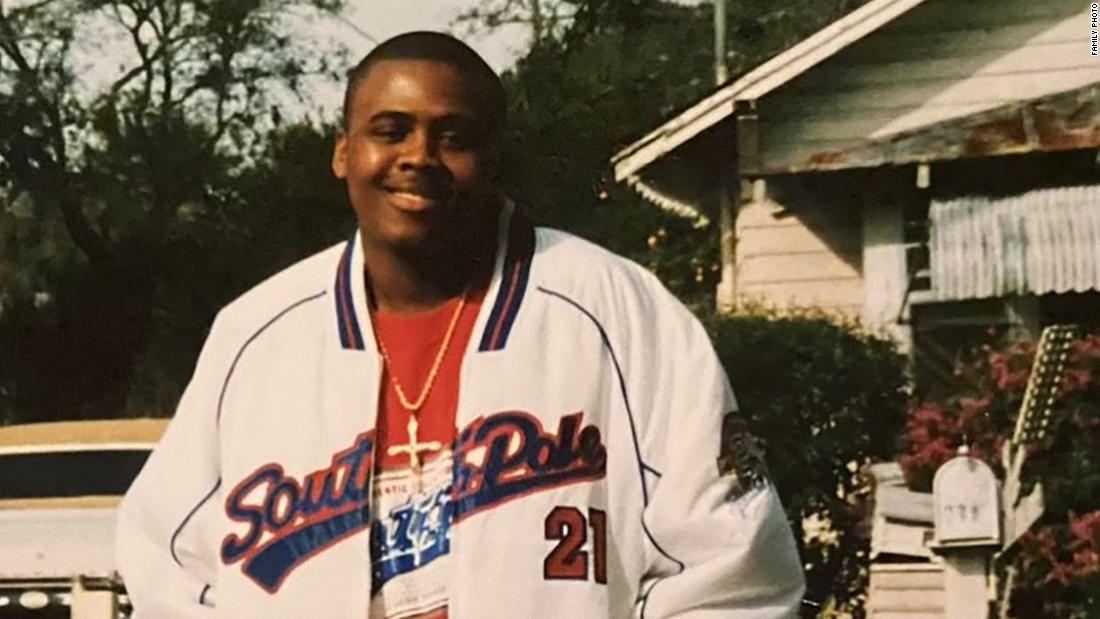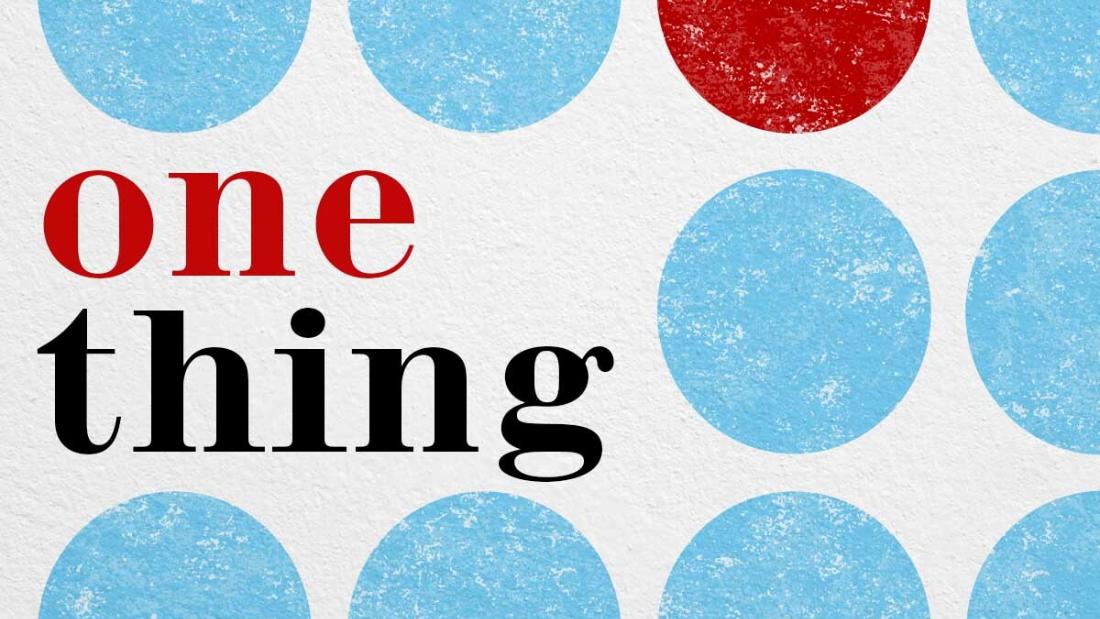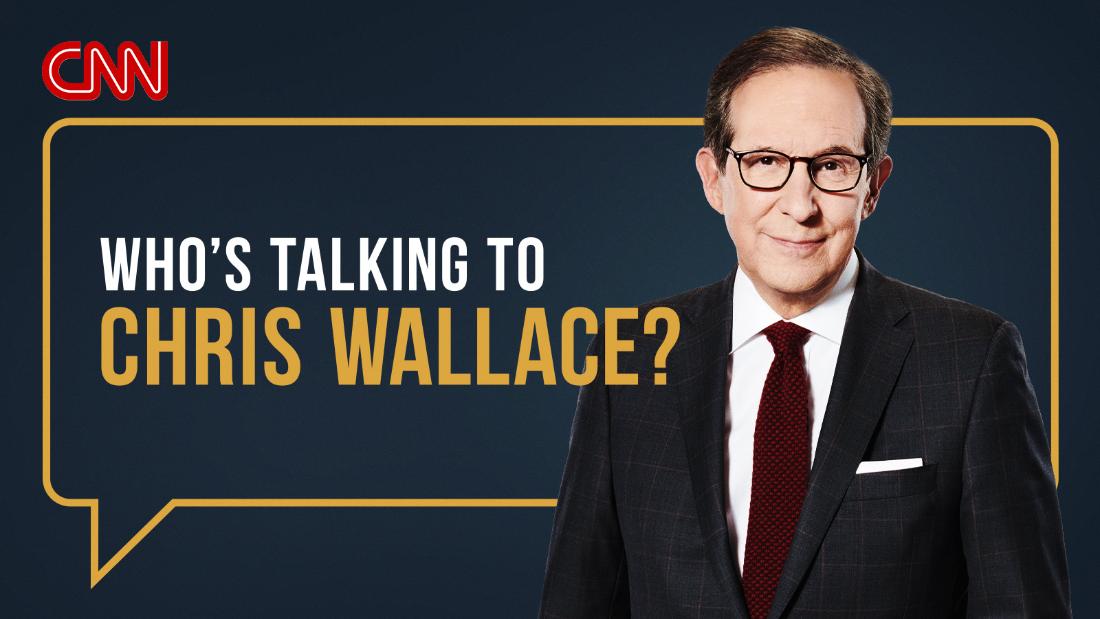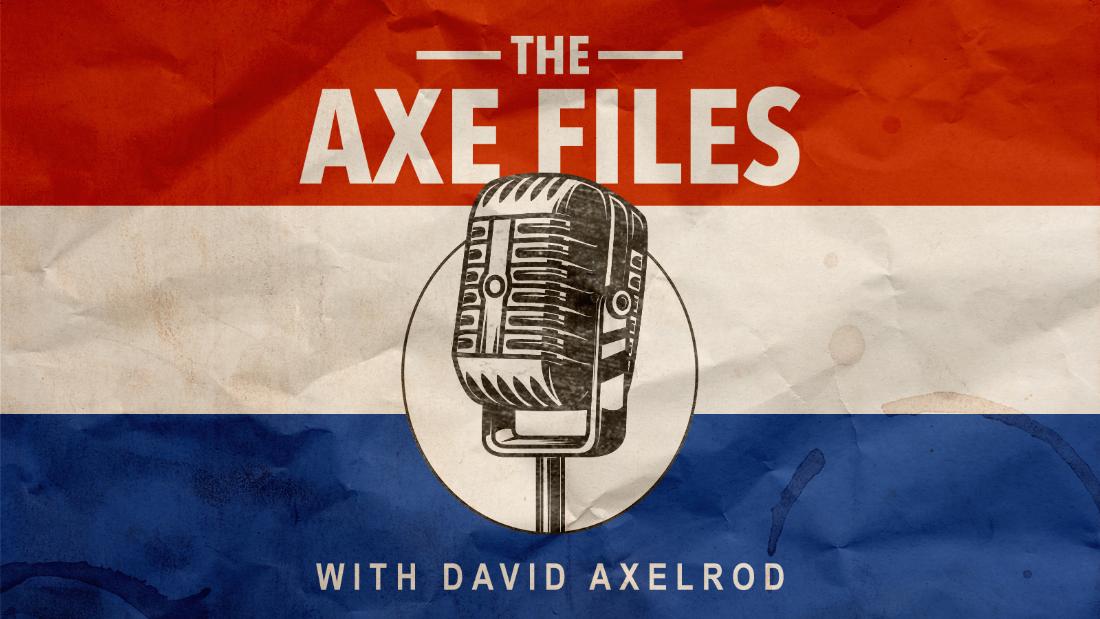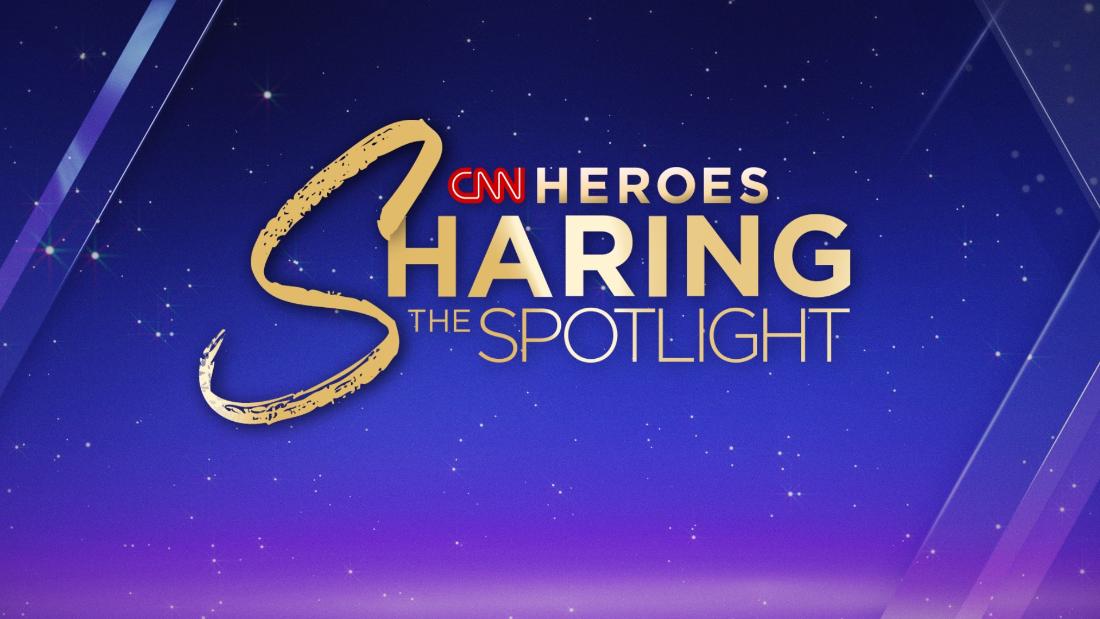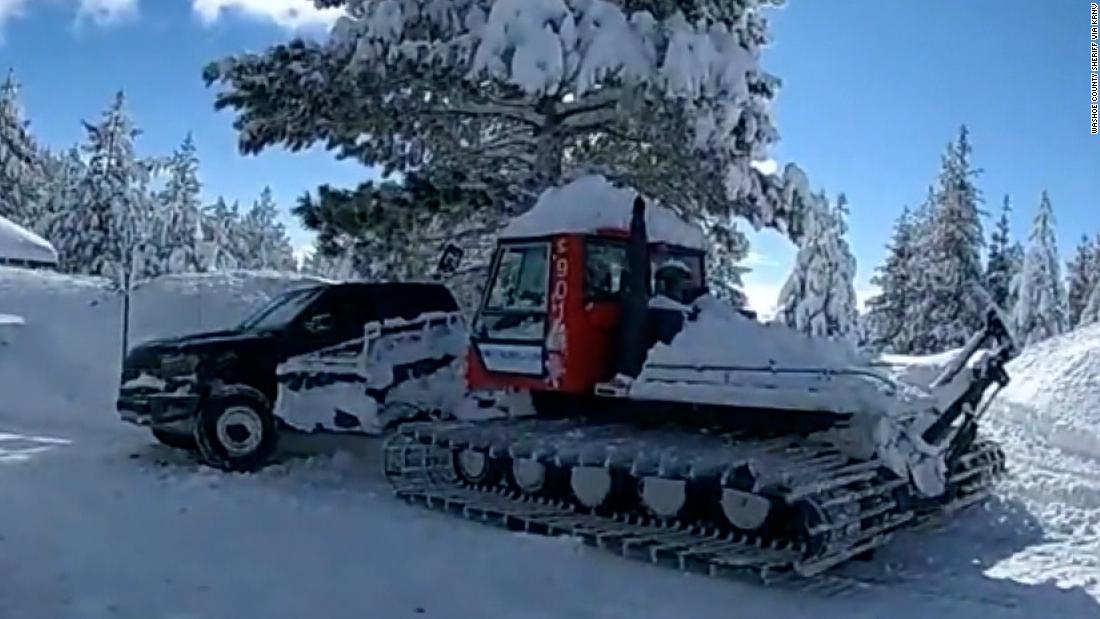CAUGHT in a Nazi ambush, the trapped SAS men’s plight seemed desperate.
Patrol leader Major Dick Bond and his driver, Trooper Max Levinsohn, lay dead in the ditch, each having been shot in the forehead by a German sniper.
SAS Regimental Archive/Iimperial War MuseumLt-Colonel Blair ‘Paddy’ Mayne in his SAS cap[/caption]
BBCMayne was portrayed by Jack O’Connell in BBC’s World War Two blockbuster SAS Rogue Heroes[/caption]
Others, some severely injured, were trapped further along the water-filled drain, pinned down by enemy fire.
Their four Willys Jeeps, abandoned on the narrow roadway where the trap had been sprung, offered no salvation as they were raked by heavy machine-gun fire, anti-tank missiles and a small arms barrage from the large German force in farm buildings.
Legendary SAS commander Lt- Colonel Blair “Paddy” Mayne — portrayed by Jack O’Connell in BBC’s World War Two blockbuster SAS Rogue Heroes — was incandescent with rage when he learned by radio what had befallen his men.
He ordered his own Jeep driver, Trooper Billy Hull, to drive like mad to the scene of the action, outside a village of Lorup in the German state of Lower Saxony.
What followed was one of the bravest actions of the Second World War, yet Mayne was denied the highest award for gallantry to the astonishment of all who knew of it — including King George VI.
Now a new book delves into the injustice of that denied Victoria Cross.
In Lorup, 30-year-old Mayne grabbed a Bren gun and went alone to check out a farmhouse from where some of the enemy had been firing.
Finding they had either been killed or moved out, Mayne put Hull, 22, on the top floor to give covering fire while he headed on foot towards the Germans.
As Hull opened up with his Tommy gun, Mayne stepped into clear sight of the enemy and, spotting a sniper among those now targeting Hull, shot the marksman dead.
Single-handedly, and under heavy fire, he then cleared out a large barn packed with German soldiers — “firing burst after burst from the shoulder, killing or wounding all”.
But a torrent of machine gun bullets and anti-tank missiles was still coming from the next barn and the woodlands beyond, aimed not just at Mayne and Hull but at the SAS in the ditch.
Mayne decided only a do-or-die attack would save his trapped men, so he called for a volunteer to man the twin Vickers-K guns on the back of his Jeep as he jumped into the driving seat.
Several survivors from Major Bond’s patrol stepped forward and Mayne chose Lieutenant John Scott.
Then he drove hell-for-leather along the bullet-raked road, urging Scott to fire into the woodlands where most of the German soldiers were, by then, entrenched and returning a storm of fire.
Such was the intensity of the rounds peppering the lone Jeep that those watching could not believe neither Mayne nor Scott had been hit.
Drawing level with where his men were pinned down, Mayne yelled that he would get them on his next pass.
Mayne spun the Jeep around and headed back, the road still being torn up by enemy fire and Scott still hammering away at enemy positions.
Stopping by the trapped men then would have been suicidal — but Mayne reached his starting point and turned around for a third run.
‘BRAZEN THING TO DO’
By now, Hull’s position was well alight from enemy incendiary rounds so Mayne got the remainder of the SAS patrol to give covering fire as he drove again into the enemy gunfire.
This time, level with the ditch, Mayne jumped out and began dragging the wounded one by one back to the jeep and, with all his men on board, he thundered back to safety.
Sergeant Albert Youngman, one of those saved from the ditch, would report: “It was such a brazen thing to do.
“They were throwing everything back at him. God knows how they didn’t hit him.
“Finest act of bravery I have ever seen in my life.”
The ambush was a setback for SAS troops who had been the vanguard of Allied forces pushing into Germany in April 1945 as part of Operation Howard.
Their Jeeps — regarded as “mechanised mess tins” by the Canadian 4th Armoured Division for whom they were pathfinders — offered the SAS little protection in this kind of warfare.
Already awarded the Distinguished Service Order and two bars (meaning he had won the DSO three times), Mayne was recommended for the Victoria Cross, supported by Lieutenant Scott — himself awarded the Military Medal — who said: “Colonel Mayne showed a personal courage that it has never before been my privilege to witness.”
Paddy, circled, in Ireland’s national rugby team in 1939
Paddy with Withers, a stray adopted by SAS
The citation was backed by SAS Captain David Surrey-Dane who had been there, and by Canadian Major-General Christopher Volkes, and signed off by SAS chief Brigadier Mike Calvert and even Field Marshal Bernard Montgomery, Commander-in-Chief of British forces in Germany.
But, behind the scenes, some faceless Whitehall bureaucrat struck through the VC recommendation and scrawled: “3rd Bar to DSO”.
Major General Bob Laycock, Britain’s Chief of Combined Operations, wrote to Mayne in August 1945, telling him: “In my opinion, the appropriate authorities do not really know their job.
“If they did they would have given you a VC.”
George VI asked Winston Churchill to intervene, but by then the former PM was out of office and it was deemed too late.
A VC would have been a fitting way of marking Mayne’s journey from sports hero to war hero.
He was the sixth of seven children born to a wealthy Protestant family with several retail businesses in Newtownards, now in Northern Ireland.
Mayne studied law at Queen’s University, Belfast, where he excelled at rugby and golf and took up boxing, becoming Irish Universities Heavyweight Champion.
Earning a total of six Rugby Union caps for Ireland, in 1938 he was selected for the British and Irish Lions tour of South Africa — and relaxed off-pitch by “smashing up hotels and fighting dockers”.
‘GRAVE INJUSTICE’
Mayne was the stand-out player in 17 of 30 provincial games and all three tests.
He joined a firm of solicitors in 1939 but when war broke out he signed up to the Royal Artillery, then the Royal Ulster Rifles.
After a stint in a commando unit, he soon came to the attention of Colonel David Stirling and was an early volunteer to his SAS in North Africa.
In December 1955, he spent the night drinking with a friend before driving home — and at about 4am he was found dead in his car in Newtownards, Co Down, having reportedly collided with a farmer’s vehicle.
After Mayne’s death aged 40, several attempts were made to have the VC awarded retrospectively, including a 2002 petition to the Queen.
There have been several Early Day Motions in the Commons, most recently in 2005 when the attempt to recognise a “grave injustice” was signed by 105 MPs.
Late Labour MP Ian Gibson at the time slammed the “small-mindedness” of the decision not to award Mayne the VC.
Military historian Damien Lewis, whose latest book SAS Daggers Drawn tells the remarkable stories of Mayne and his men in 1944 and 1945, believes the VC should be posthumously awarded.
He said: “The French are still giving Croix de Guerre and various other medals to British servicemen 80 years on.
“It’s not as if you can’t give decorations long after the events.”
He argues those who objected to Mayne’s VC because they said Lt Scott was involved and the medal was only for “single” acts of gallantry were wrong as it was always for “signal” acts of bravery.
Paddy taking cover from German gunfire behind the Jeeps
Lewis said: “What it boils down to is two things: First, Paddy Mayne was not public school and he wasn’t English.
“He wasn’t from the right establishment background.
“Secondly, the SAS was deeply unpopular.
“No one was going to give a VC to the SAS, especially when they were about to disband them.
The commando unit was disbanded in 1945 and reformed two years later.
In spite of Special Forces missions re- quiring the kind of extraordinary bravery for which the VC was created, the medal has never been awarded to a British member of the SAS.
Anders Lassen did win the VC with the British SAS but was Danish.
Lewis said VCs had been awarded in the past for cumulative actions, and Mayne’s persistent acts of bravery would qualify.
But he added: “His action at Lorup was worthy in itself.
‘REMARKABLE INDIVIDUAL’
“It was not even bordering on suicidal. It was suicidal.
“When you read the accounts, I don’t know how he survived.”
So why did Mayne put himself in mortal danger?
“It was care for his men, as simple as that,” said Lewis.
“He couldn’t bear losing any of them and he felt each loss very personally.
“That’s one reason why he ended up being so traumatised at the end of the war.”
After George VI had presented him with his fourth DSO, and expressed astonishment that it had not been a VC, Mayne said: “I served to my best, my King and Queen, and none can take that honour away from me.”
Lewis said: “That’s one of the reasons why he was such a remarkable individual.
“His principle consideration was saving his men, vanquishing the enemy and doing the right thing.
“That’s why he was so revered by those under his command.”
SAS Daggers Drawn by Damien Lewis is published by Quercus at £22. For Damien Lewis tour events see geni.us/Damien-AutumnEvents.
Paddy was scandalously denied a VC Published: [#item_custom_pubDate]













